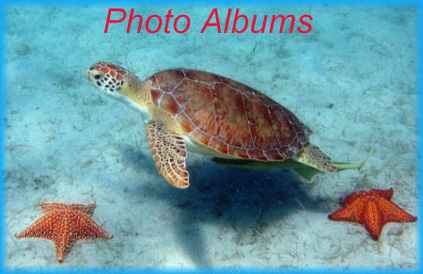

 The Accurate Reloading Forums
The Accurate Reloading Forums  THE ACCURATE RELOADING.COM FORUMS
THE ACCURATE RELOADING.COM FORUMS  Hunting
Hunting  Photo Albums And Videos
Photo Albums And Videos  Camels By Drone - Updated With New Videos
Camels By Drone - Updated With New VideosGo  | New  | Find  | Notify  | Tools  | Reply  |  |
| Administrator |
| |||
|
| one of us |
Hessa has grown up enough to reach the gas pedal with her lead foot, a real hotrodder. The camel herder is carrying a either a curved stick or a sheathed samurai sword/katana. The UAE Mars probe is coming up this month, launched by Japan ? | |||
|
| Administrator |
| |||
|
| Administrator |
| |||
|
| One of Us |
What do they weigh? Maybe 50 kilos? Are they tasty? | |||
|
| Administrator |
They are very good to eat. Went to the desert early this morning, as my daughter likes to drive in the dunes. Did not see a single one at all. Saw some tracks, and had to come back as the wind picked up and sand was getting everywhere! We had breakfast there, and hit some gold balls for fun! | |||
|
| One of Us |
A side note I have wondered about for a long time... When you hunt Cape Buffalo in Africa after you shoot then how in hell do you get them butchered and cooled out fast enough to prevent spoilage? I kill deer here in our archery season in mid-September when temps can be >80 F. Deer are small enough that I can get them gutted, skinned and into a cooler with blue ice packs an hour after they are killed. I cannot imagine getting an animal close to a ton in weight broken down and cooled out fast enough to prevent spoilage. Not even with a crew of half a dozen people! Ice needs to be moved to the animal and I cannot see a safari carrying enough ice to bring the meat temperature down below 40 F much less keep it there for some time. At least here if I do not have everything ready to go to cool out an animal after I kill it I can't wait a couple of months and shoot one in December. I have done that and had 4 of them hanging in my garage frozen solid at -20 F. | |||
|
| Administrator |
We don’t carry ice! Not even for drinks! We take the choice cuts and out them in plastic bags. These are the one we intend to eat. The rest is generally used for drying by the camp staff. If the animals is gutted properly the meat never spoils. | |||
|
| One of Us |
Thank You! I had forgotten about dried meat. With several hunters in camp there would need to be at least half a dozen staff just to handle all the meat, and local village/family to move the meat back home? I would imagine that some species make really good dried meat and others not so much? I know I am always sad when I run out of venison jerky and have to make it out of store bought beef if I want to have some at all. Is there any tradition of making dry sausage out of game in Africa? I come from a VERY German family and have always made sausage out of everything. | |||
|
| one of us |
The occasional boulder and strange rock outcroppings amongst all of that "sand" interests me greatly. No telling what is buried here and there under those shifting desert sands. Don't limit your challenges . . . Challenge your limits | |||
|
| One of Us |
Love the pics, the videos and the information on that area of the world. Intriguing! | |||
|
| Administrator |
I have more photos and videos. Will process and post as time permits. | |||
|
| One of Us |
Thanks so much Saeed! | |||
|
| Administrator |
| |||
|
| One of Us |
Amazing photos! Thank you, Brian IHMSA BC Provincial Champion and Perfect 40 Score, Unlimited Category, AAA Class. | |||
|
| One of Us |
Again, outstanding photos! Can't believe that a few trees that appear to be big and mature, could grow in that environment. What kind of trees are they, Saeed? | |||
|
| Administrator |
These are GHAF trees. They are found all over the desert. They have very small leaves - I will try top get some and photograph them at close range next time. The camels love them, and we eat the leaves too. The Bedouins wash the leaves and chop them into small pieces, and they mix them with cooked rice to eat. | |||
|
| Administrator |
Amazing how many people living here, for years, and never bother going to the desert. 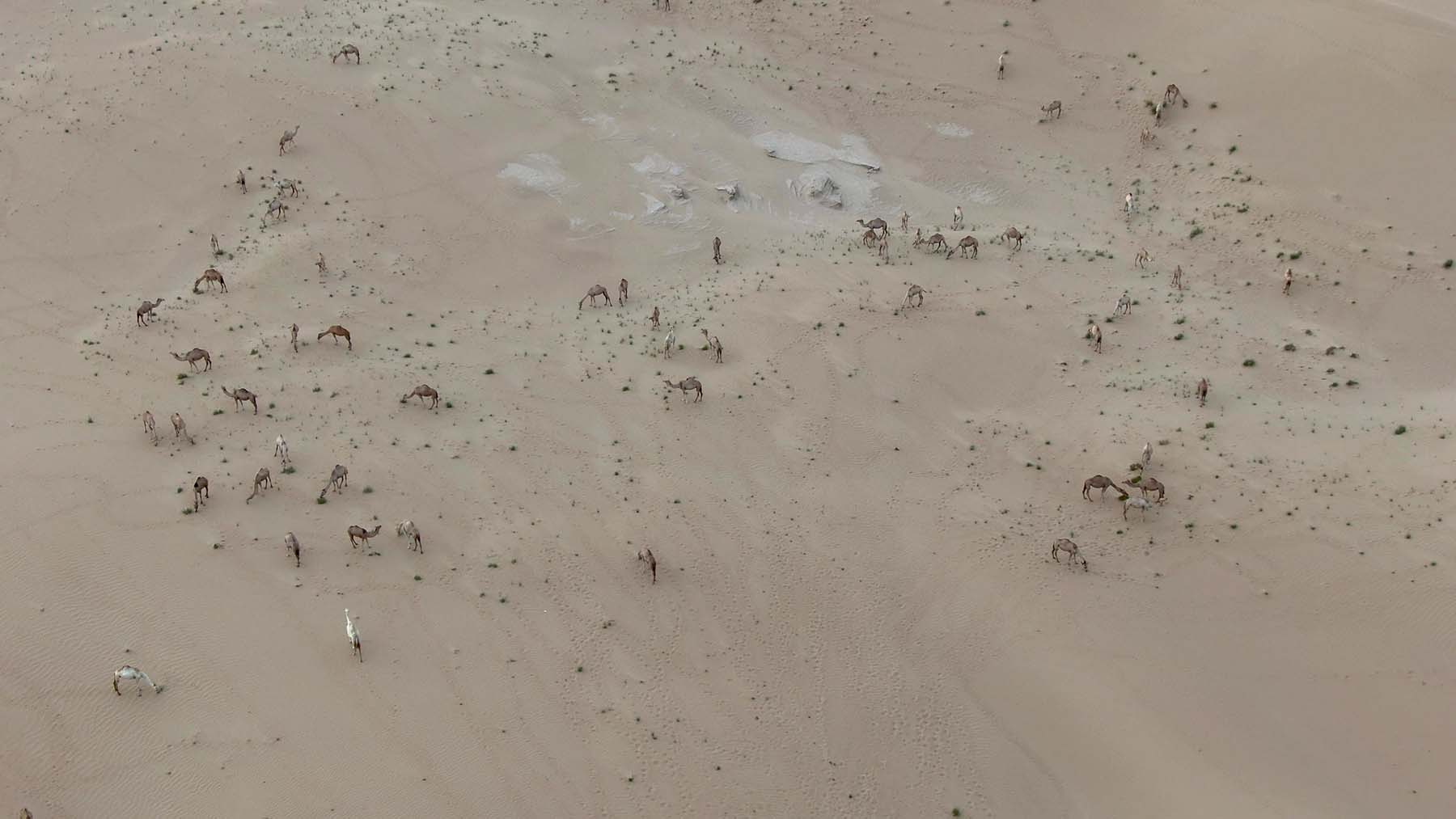 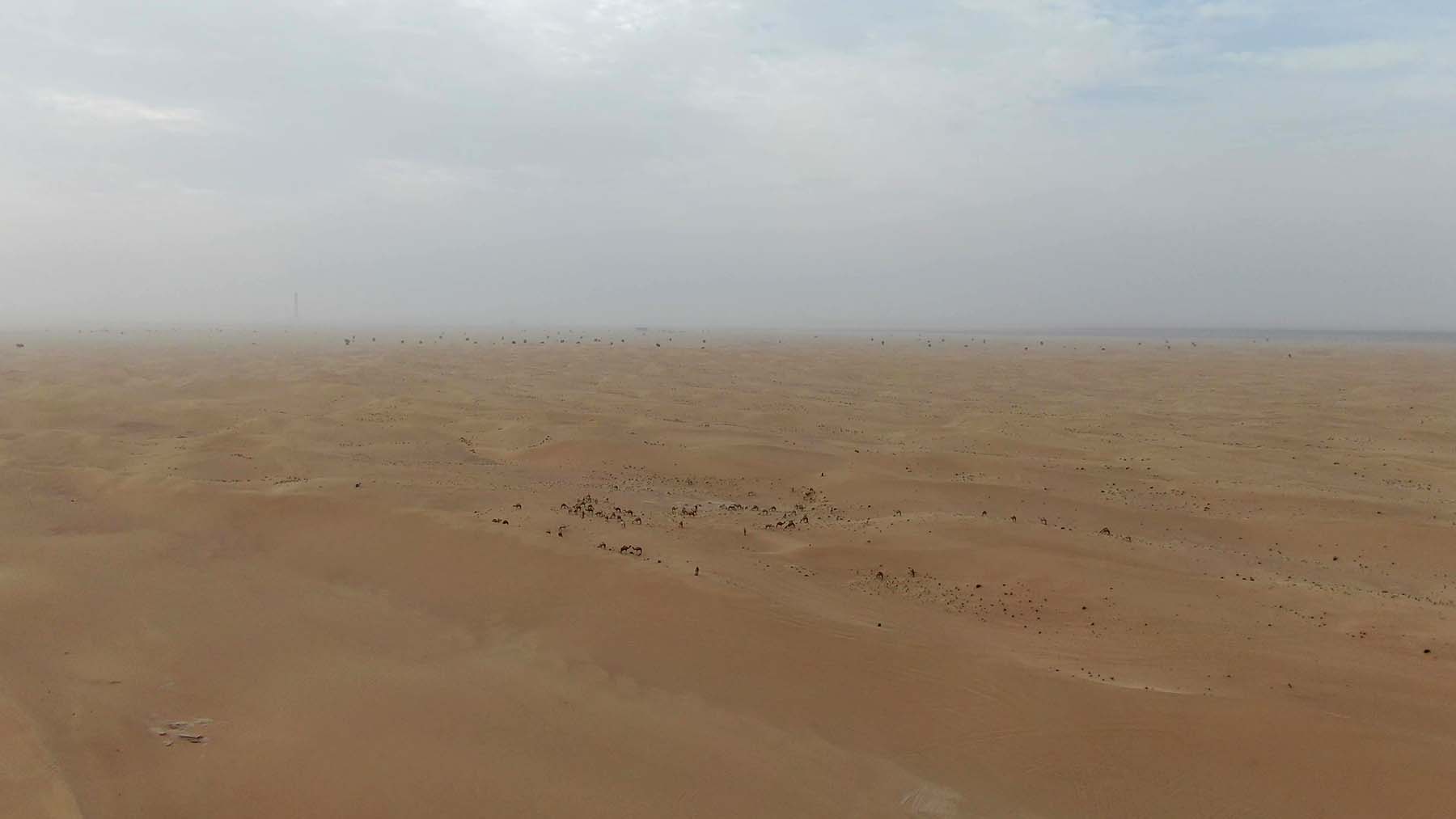 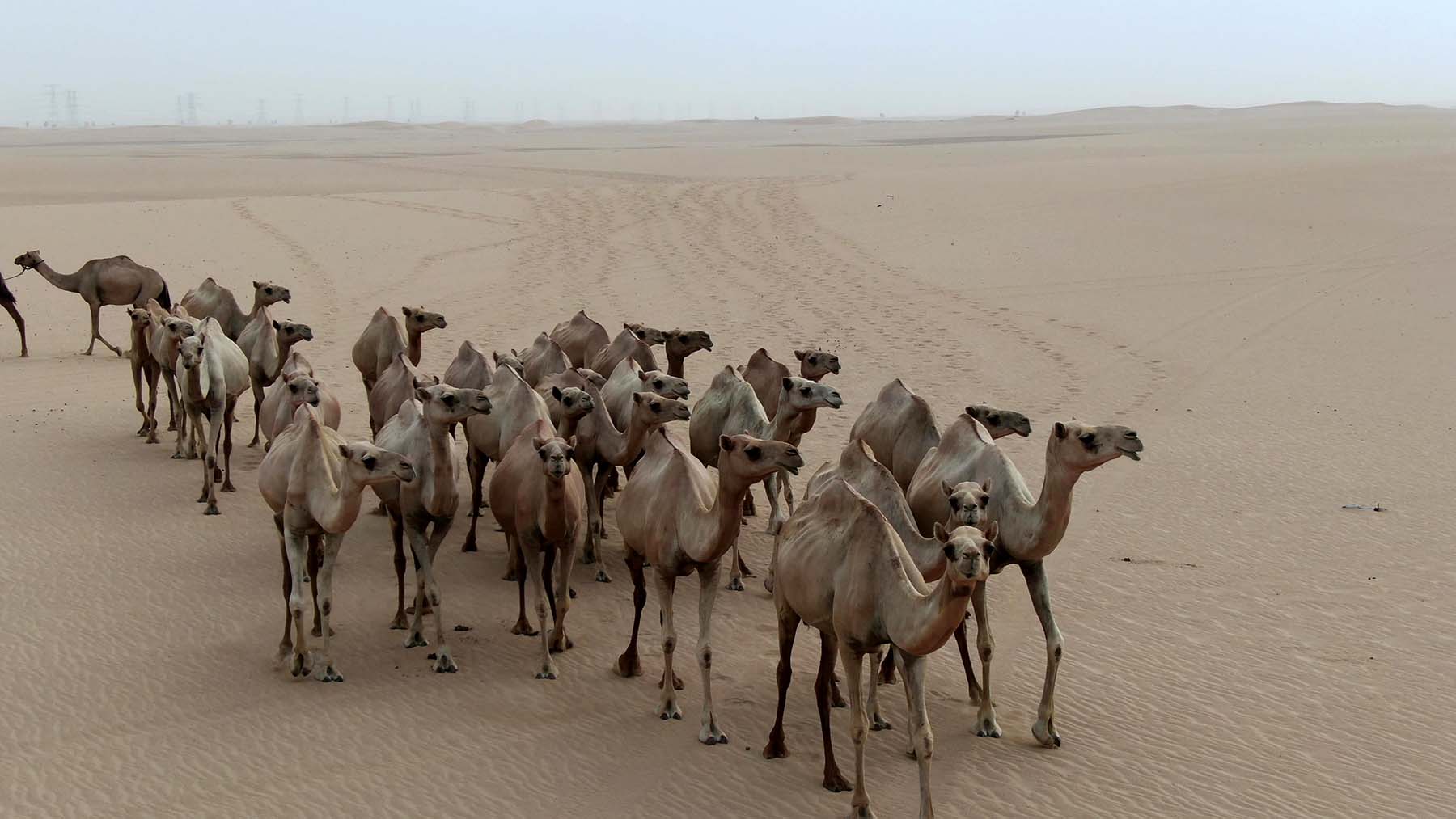 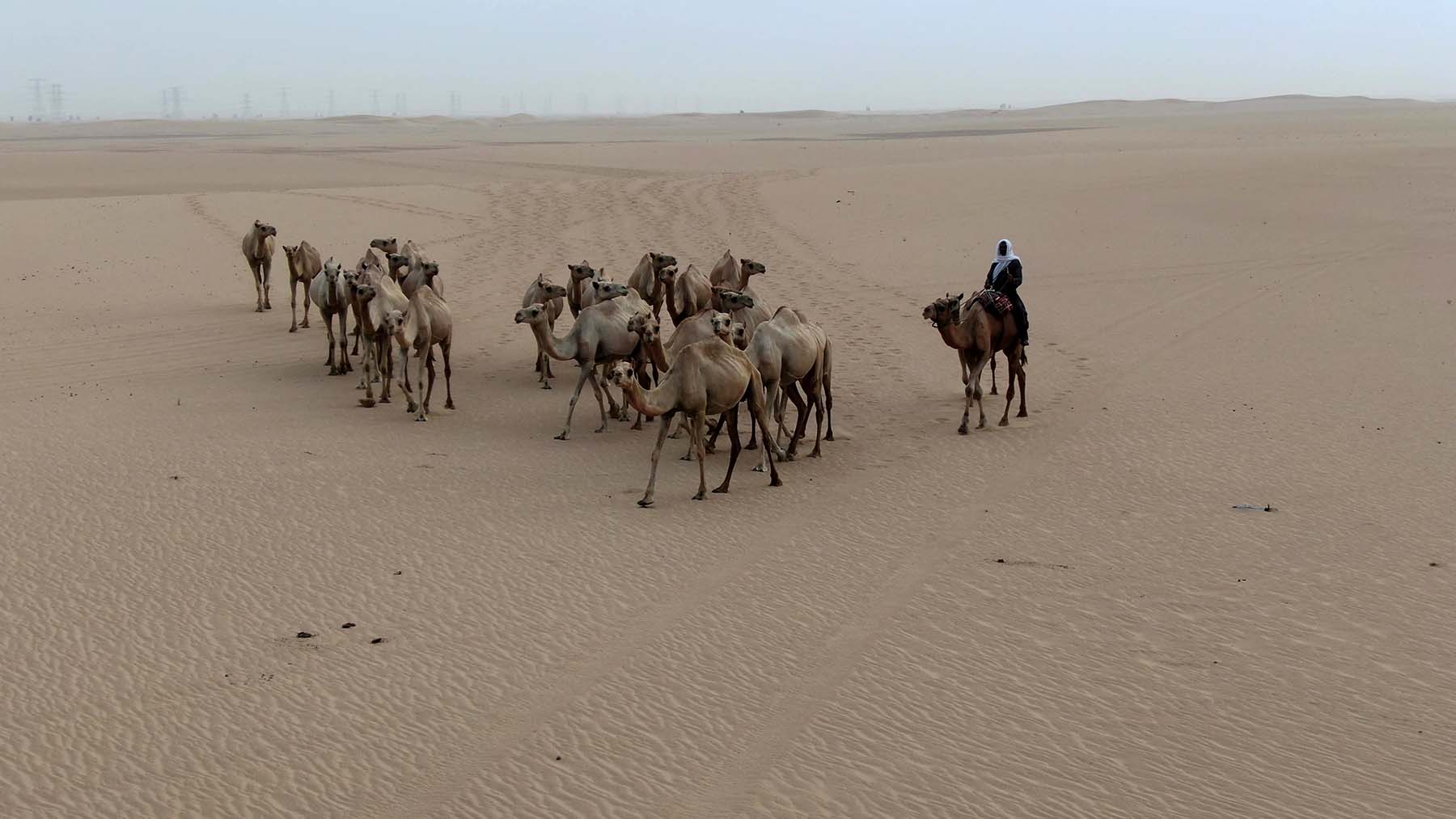 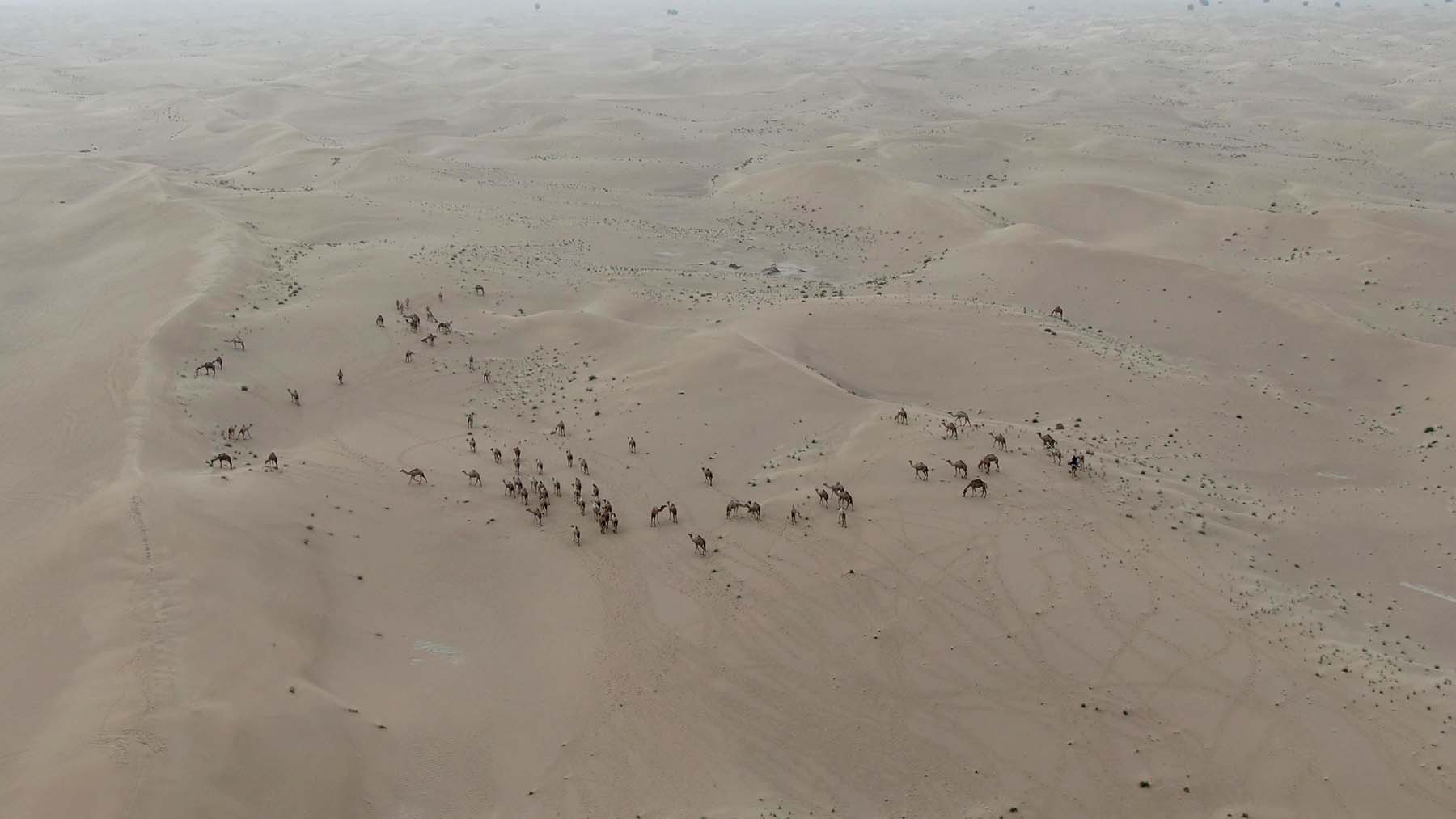 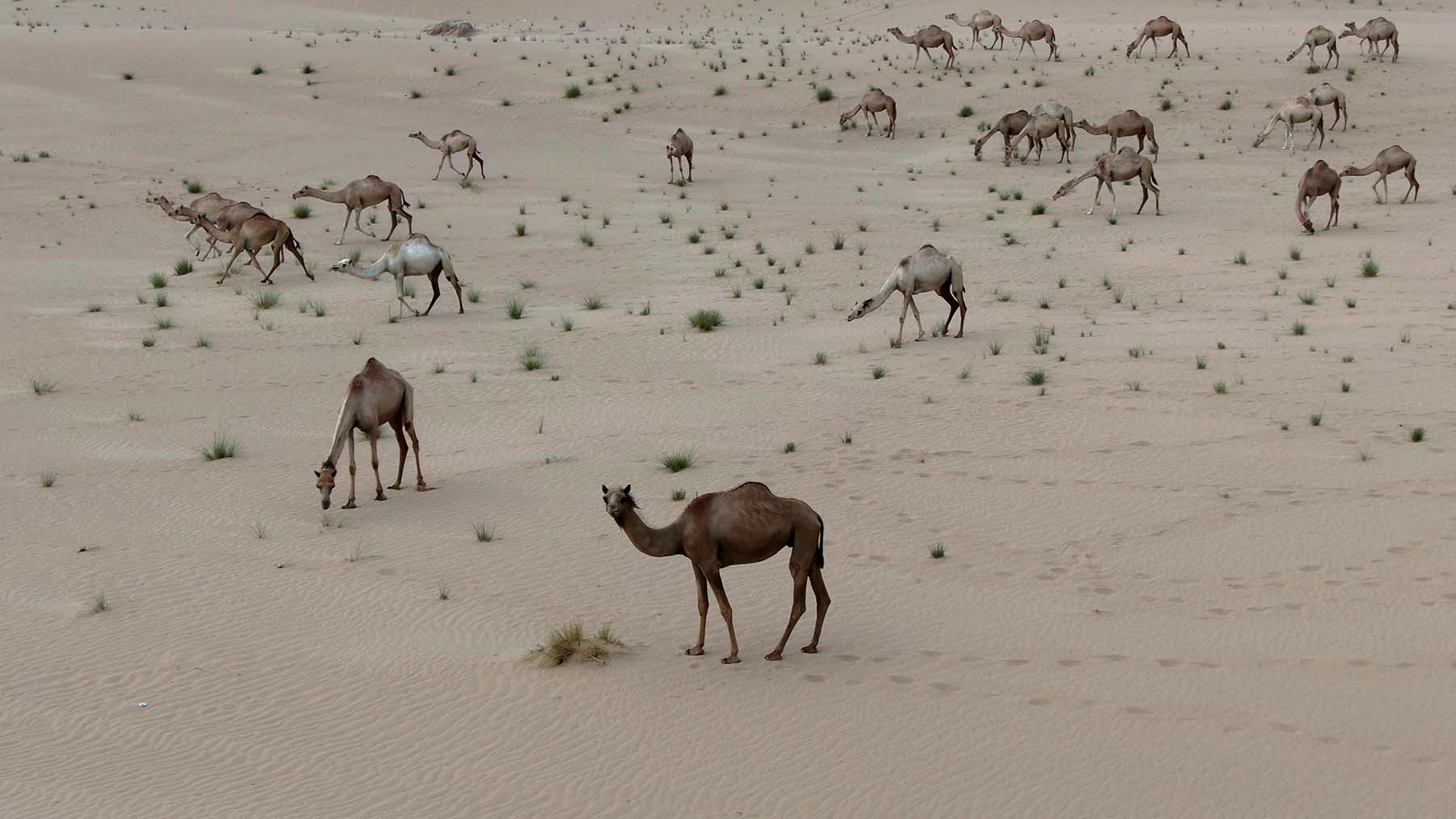  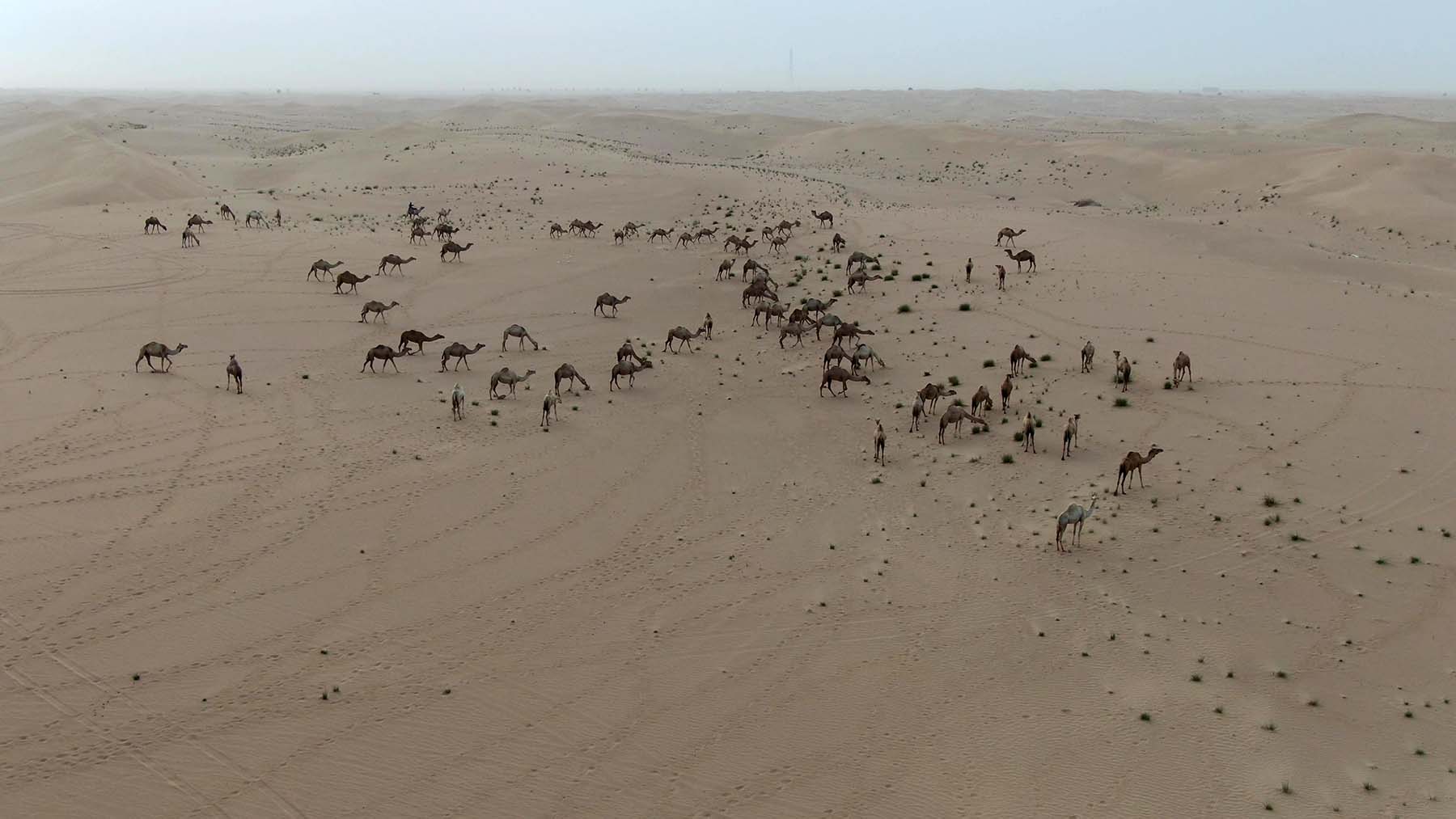 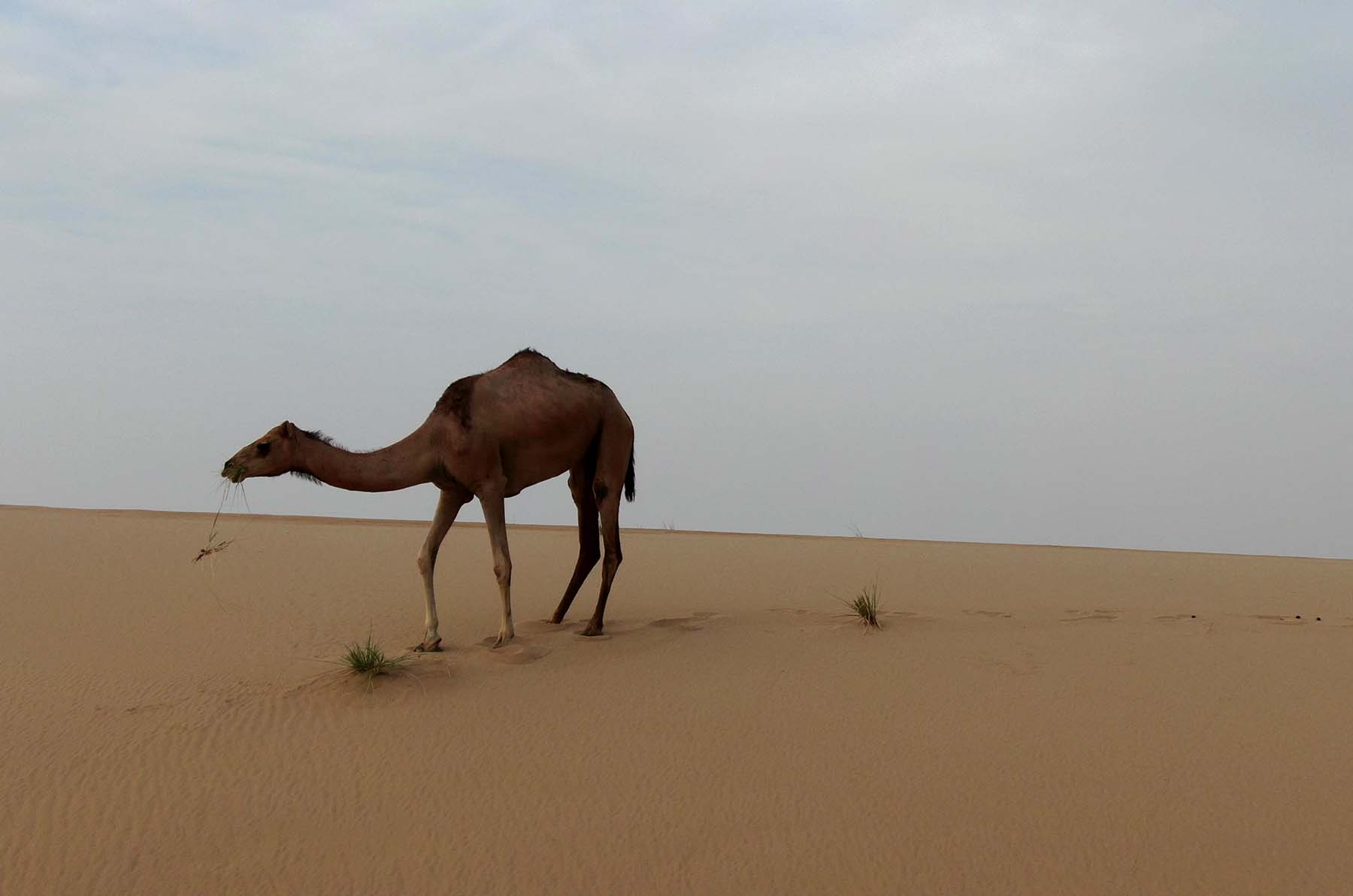 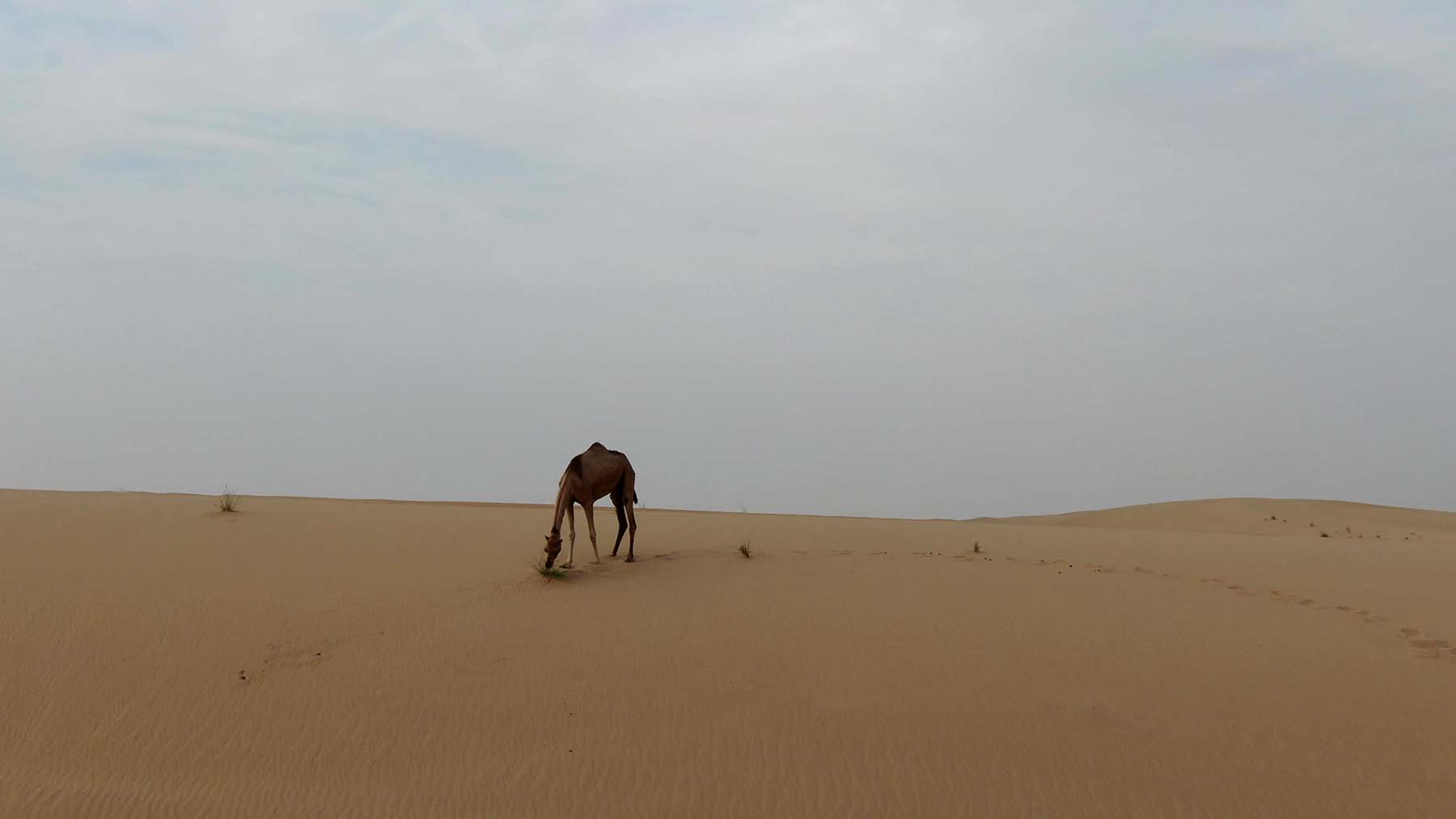 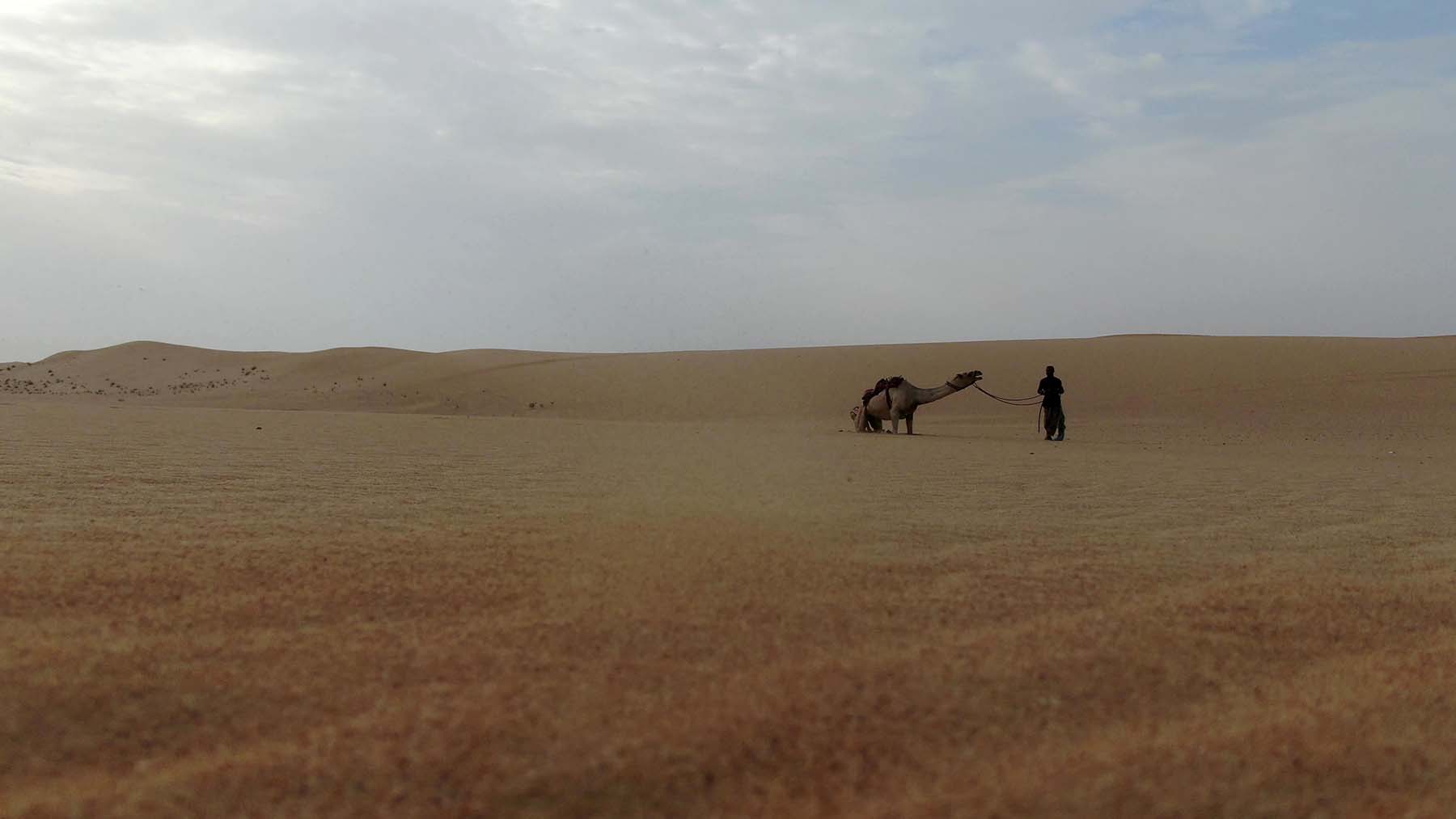 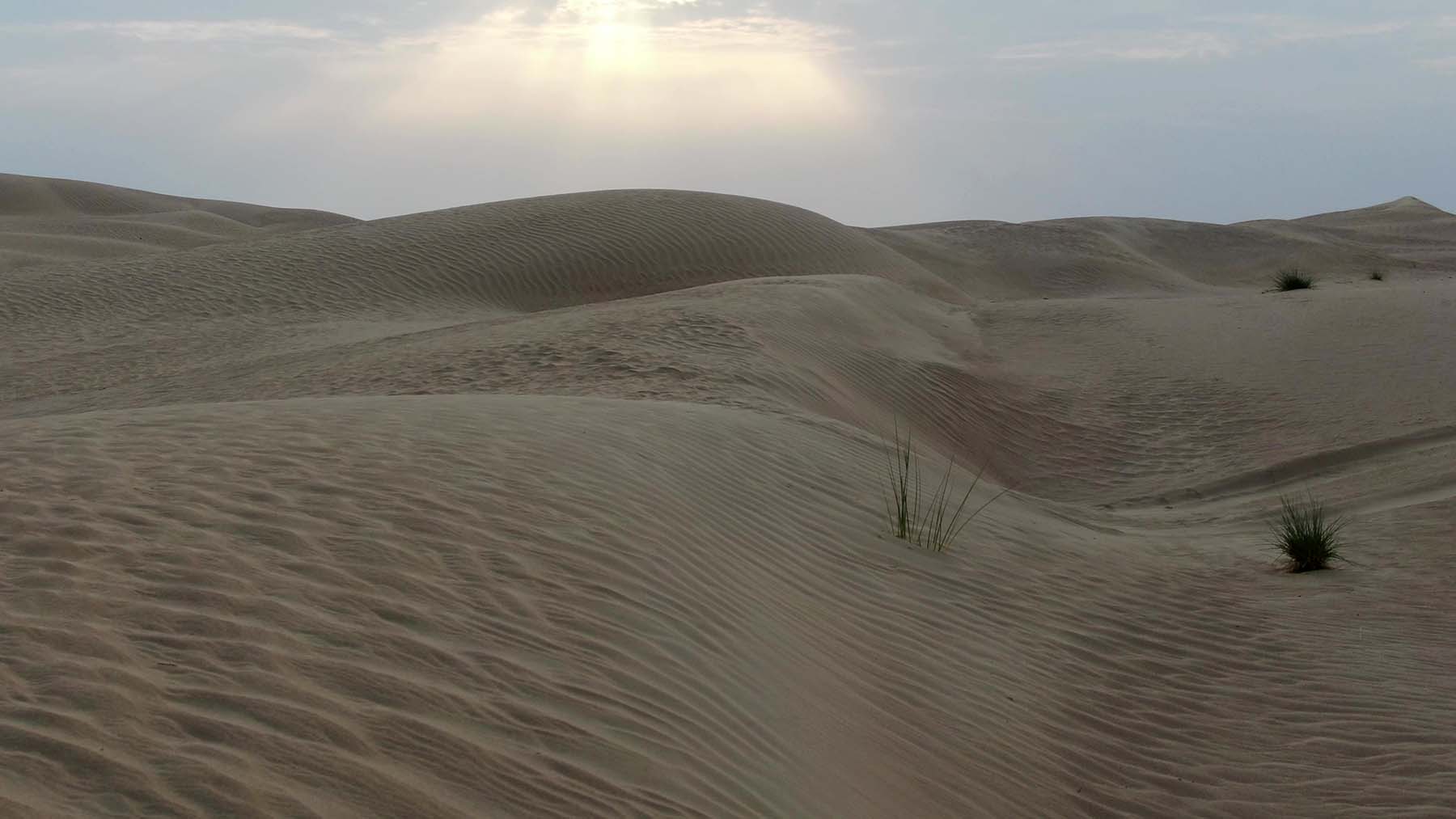 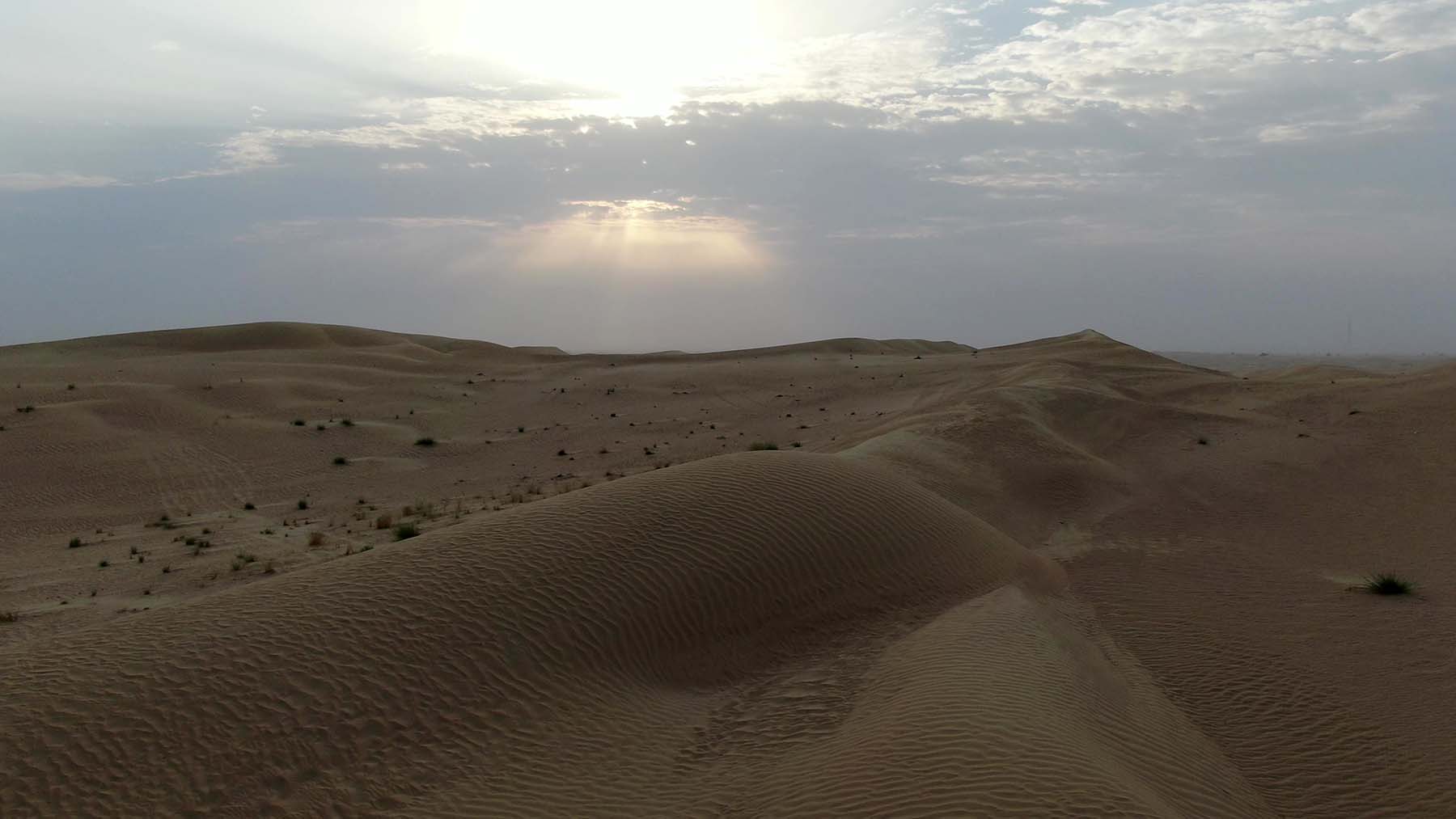 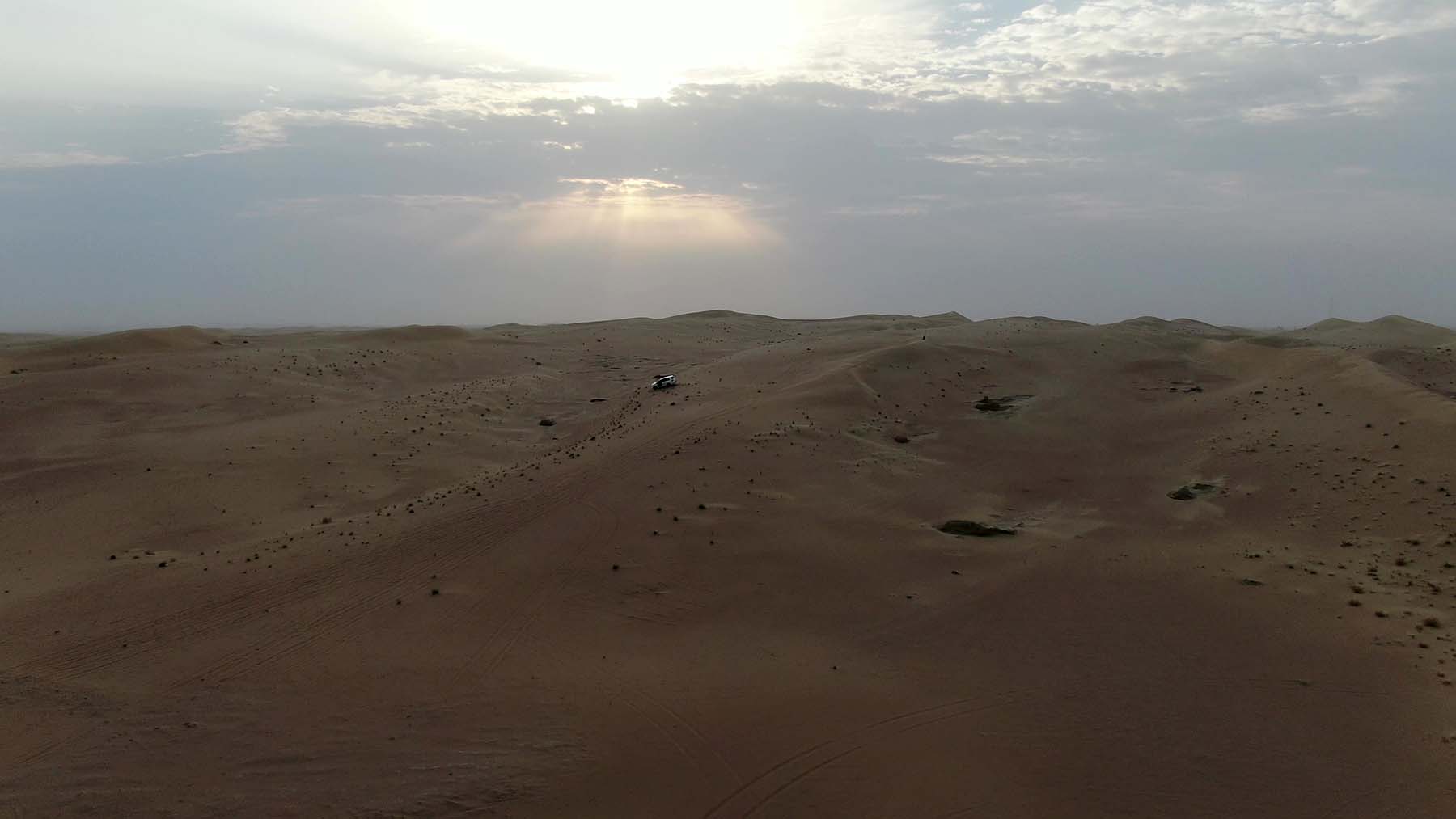 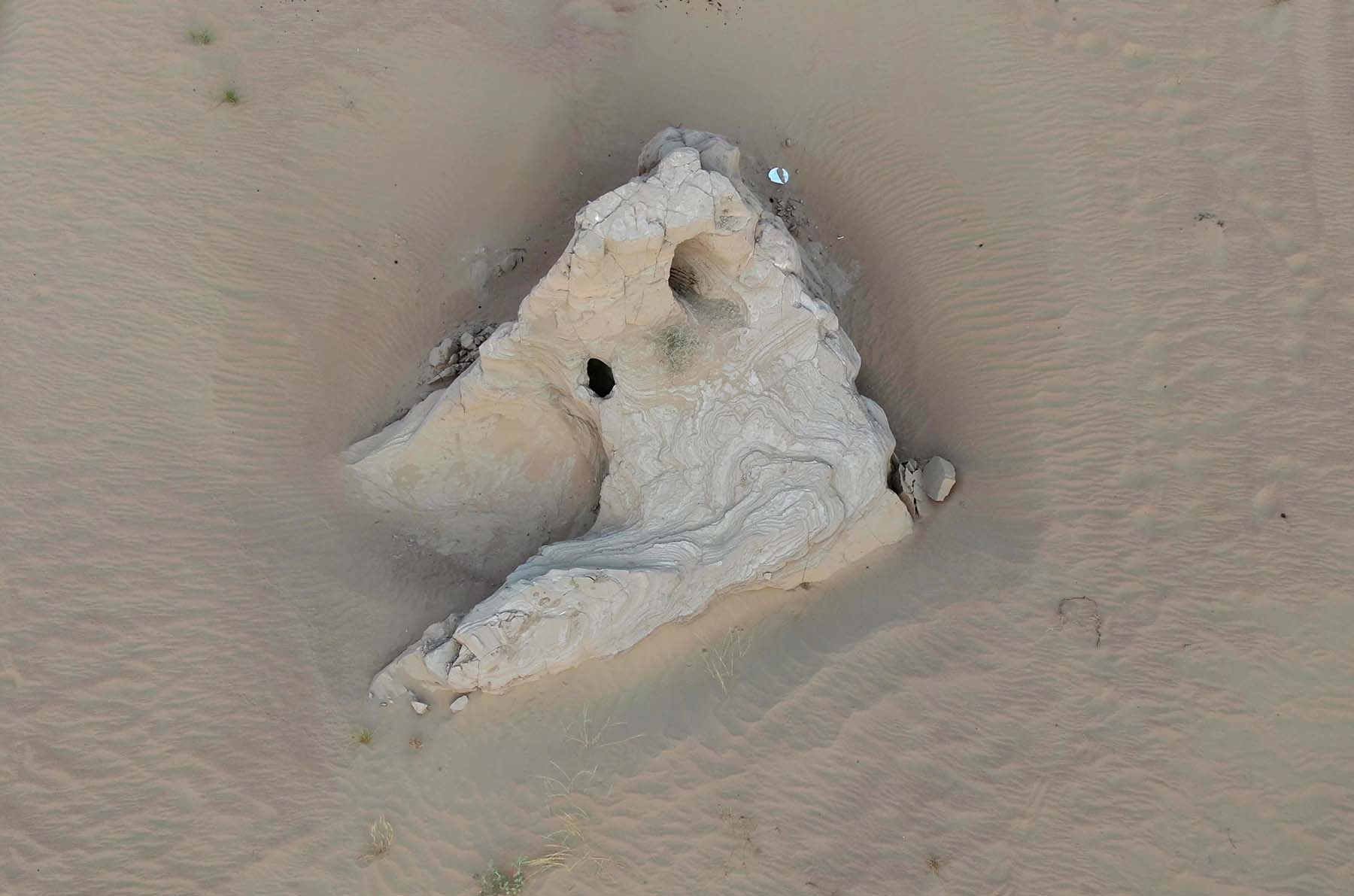 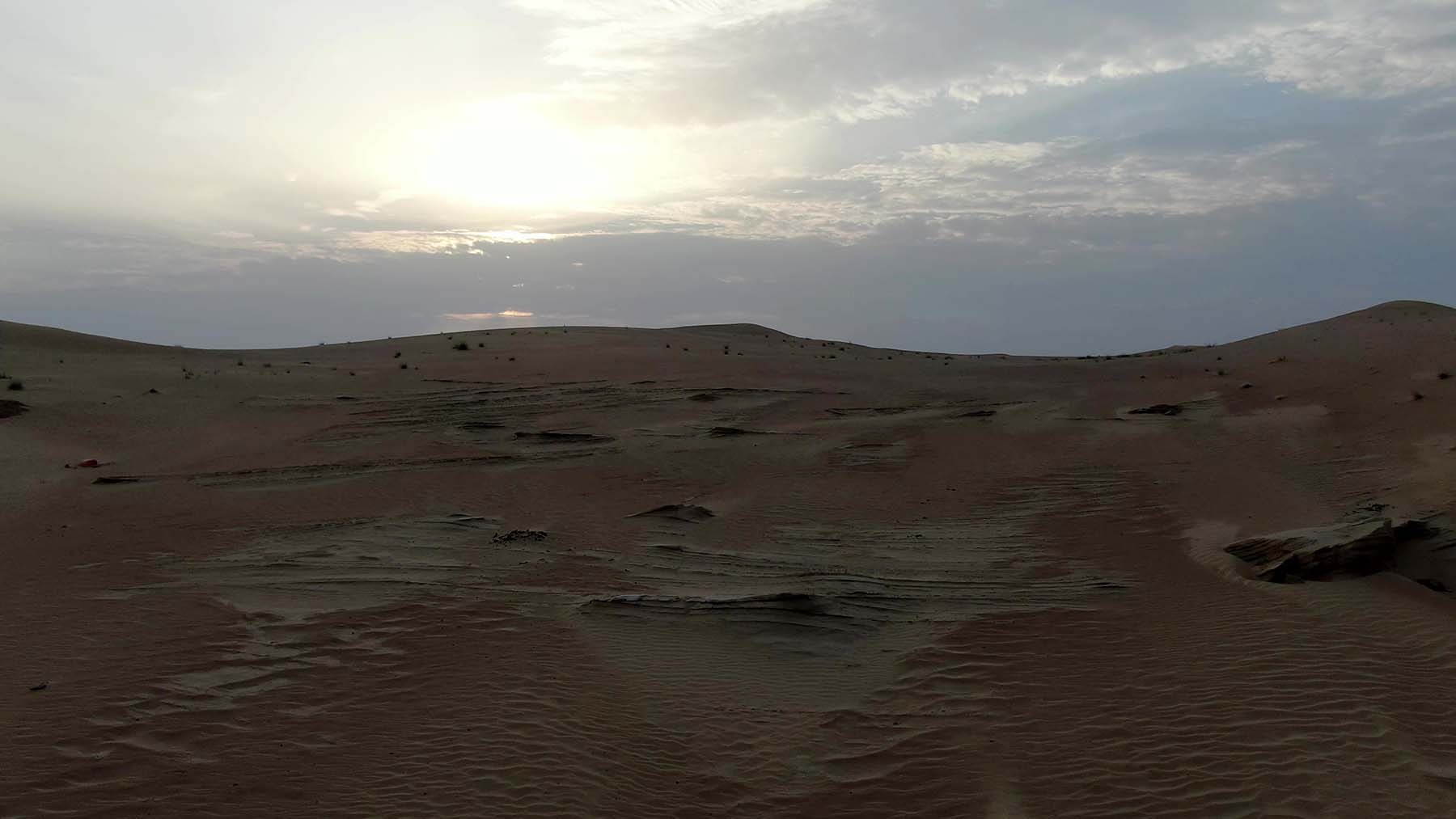 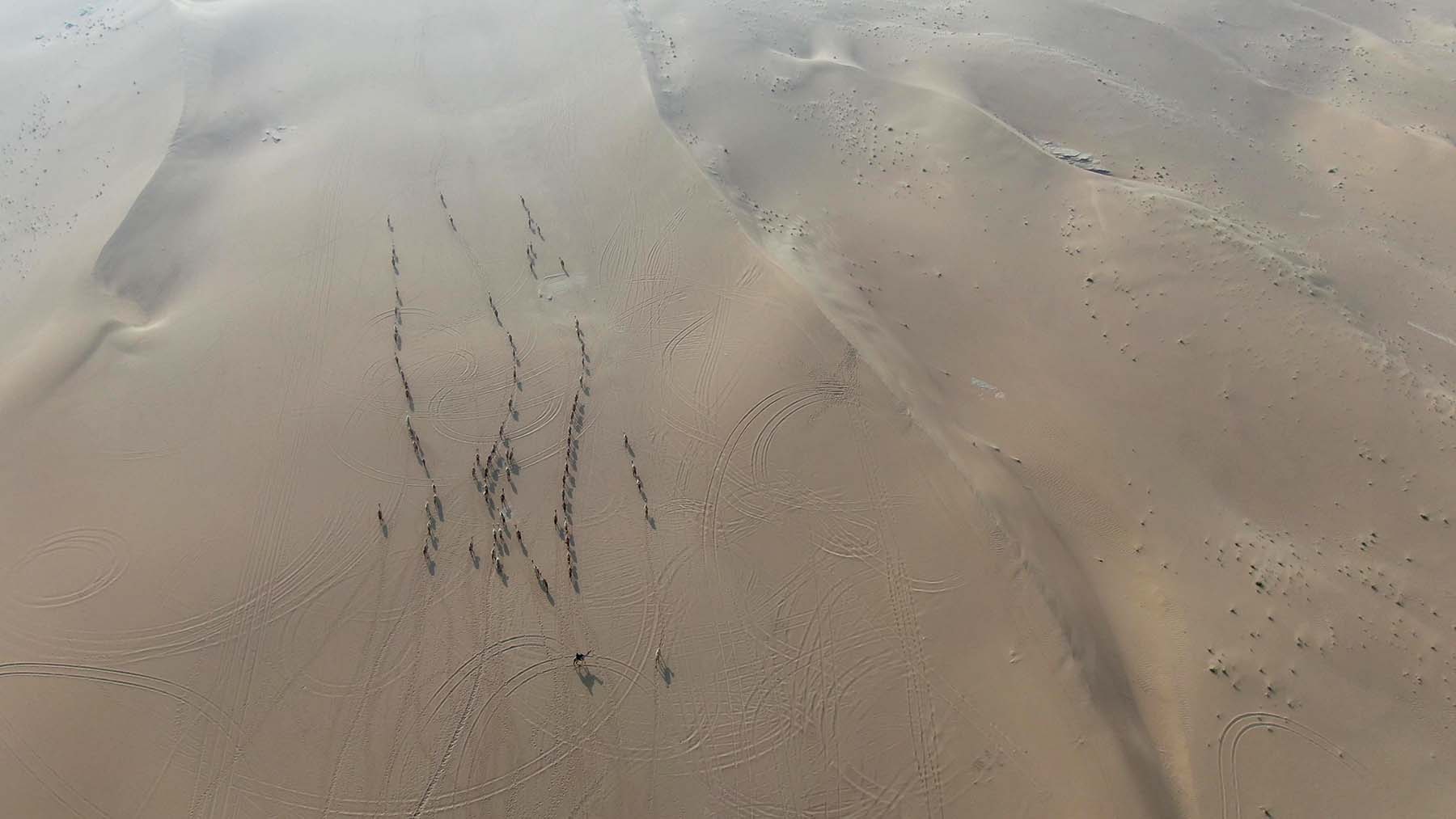 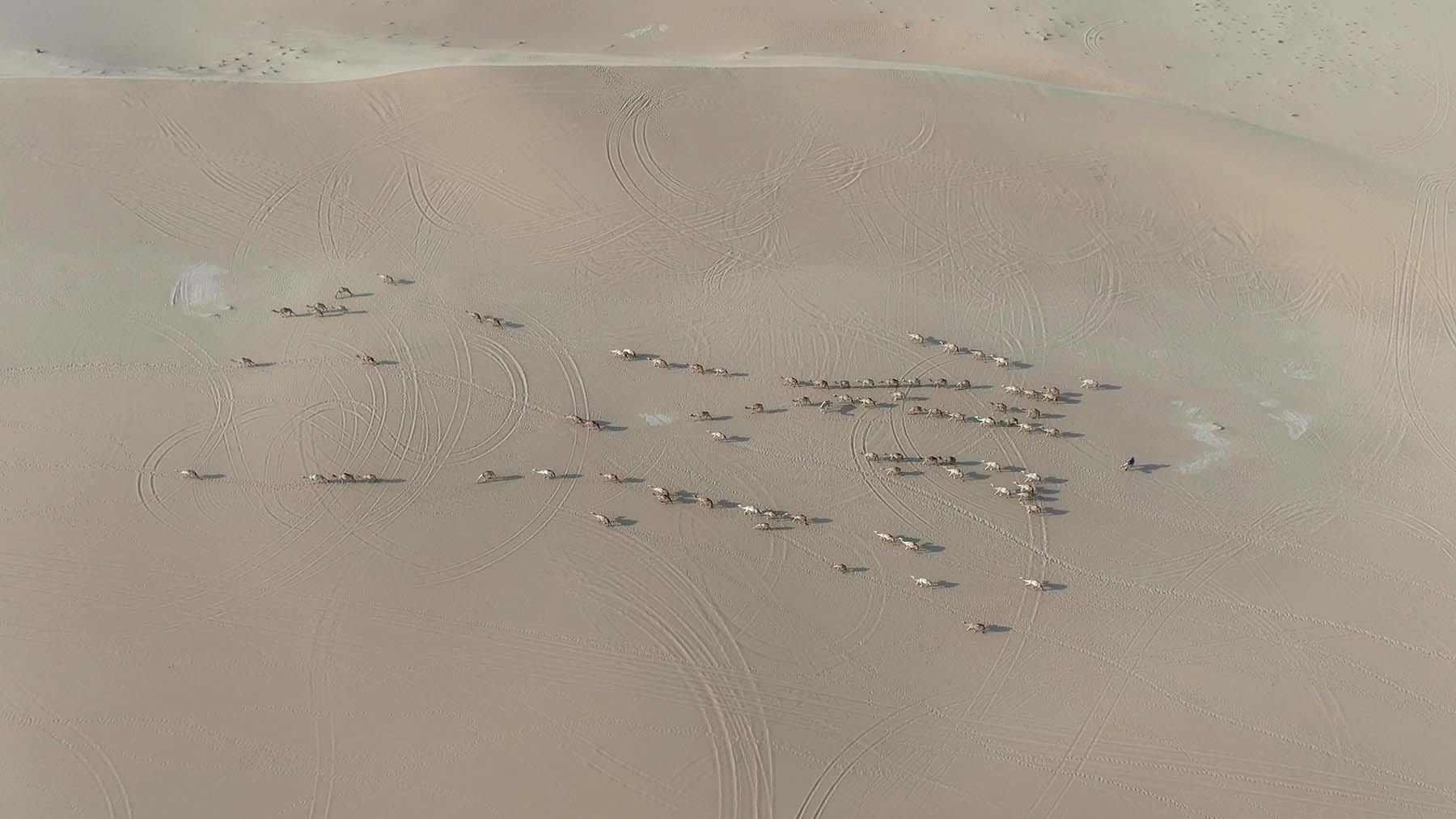 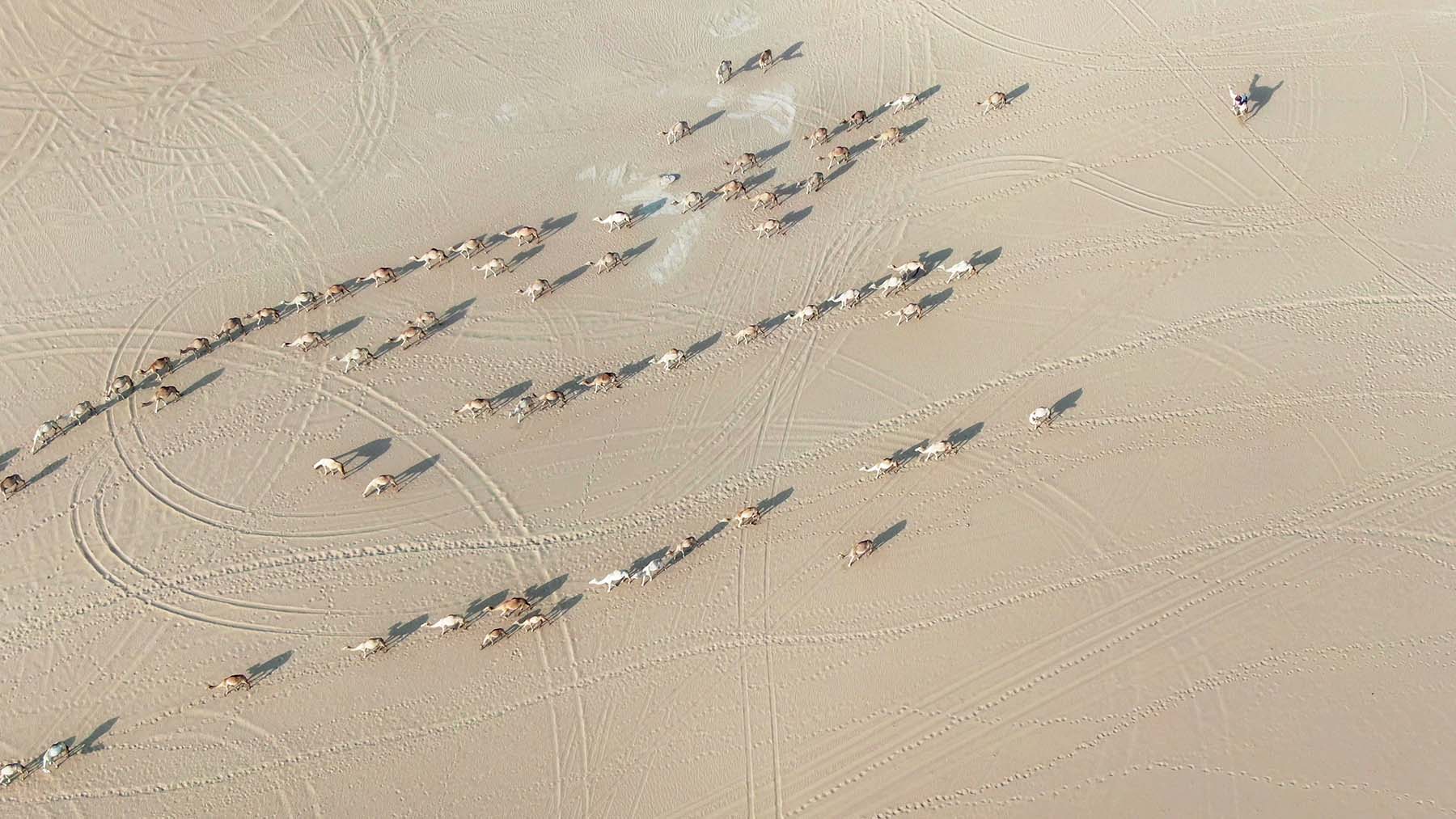 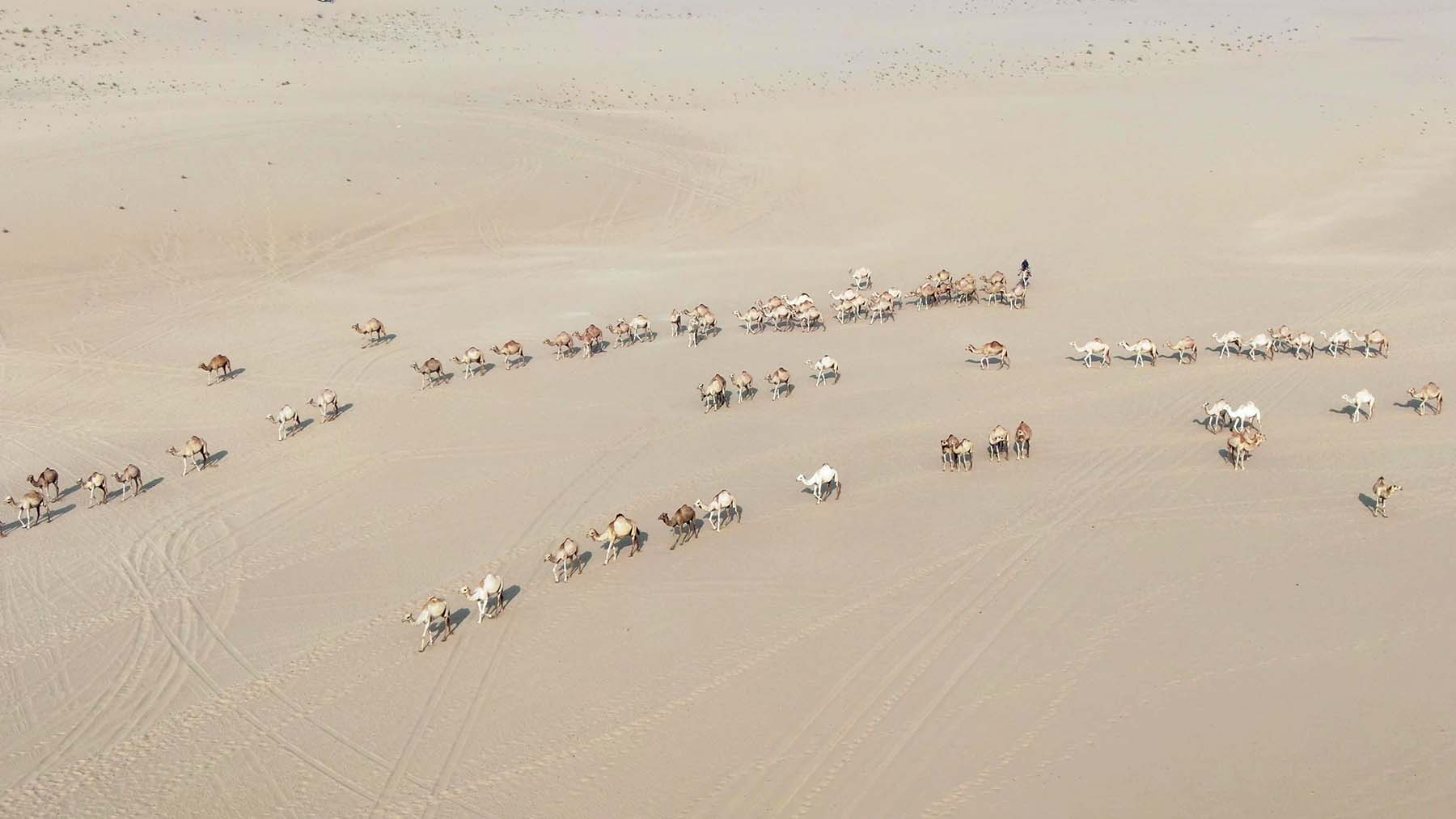 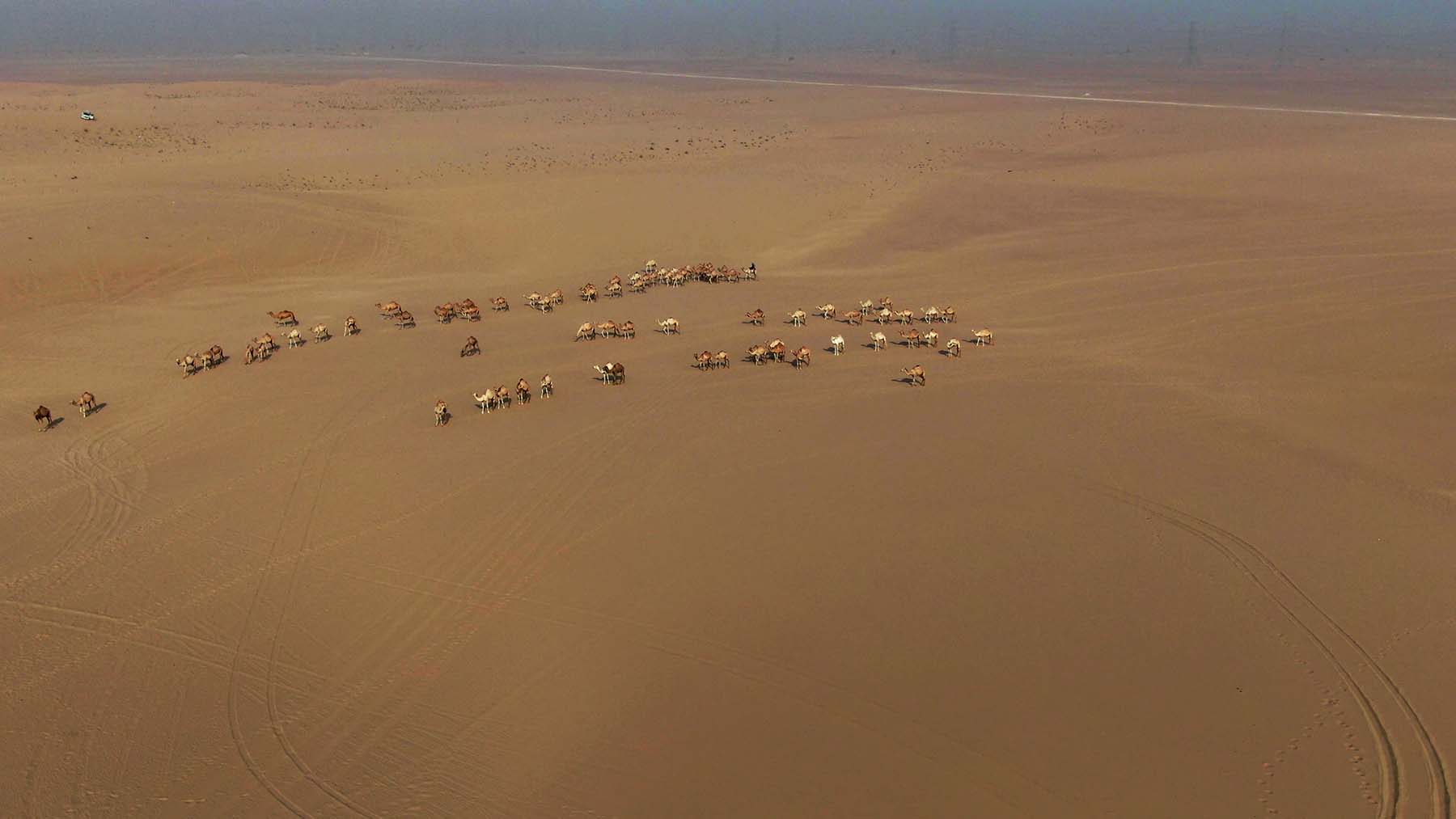 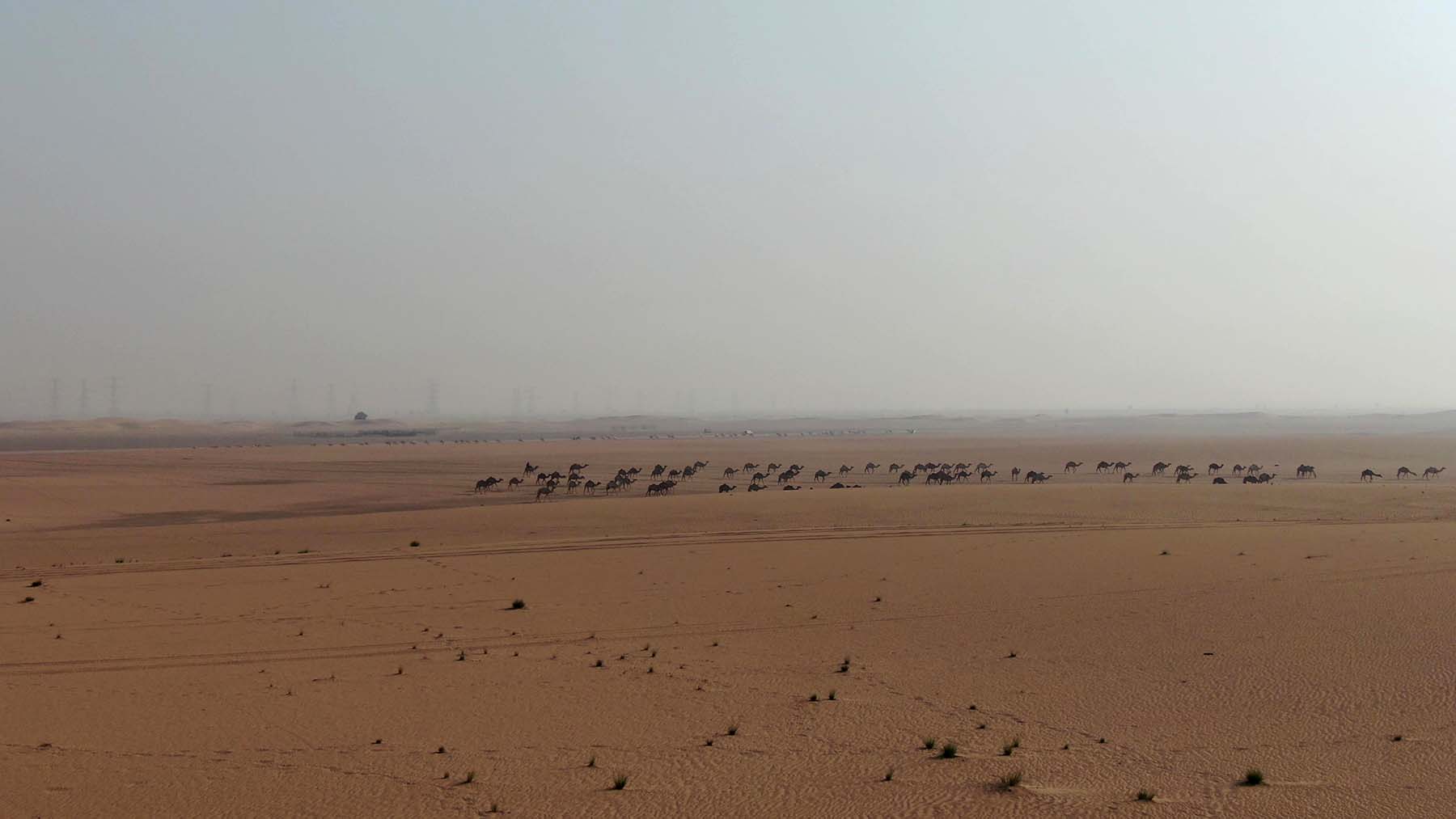 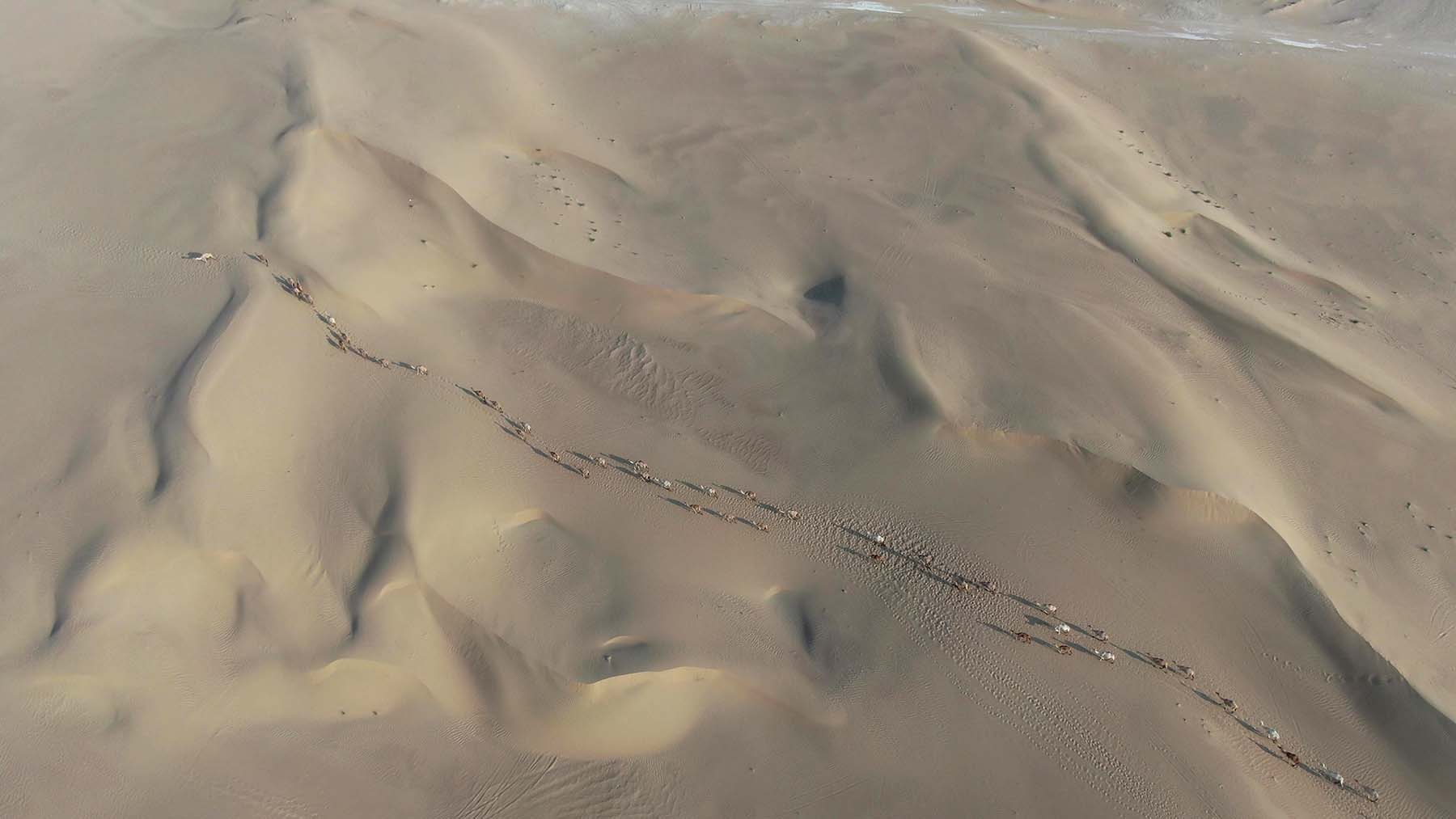 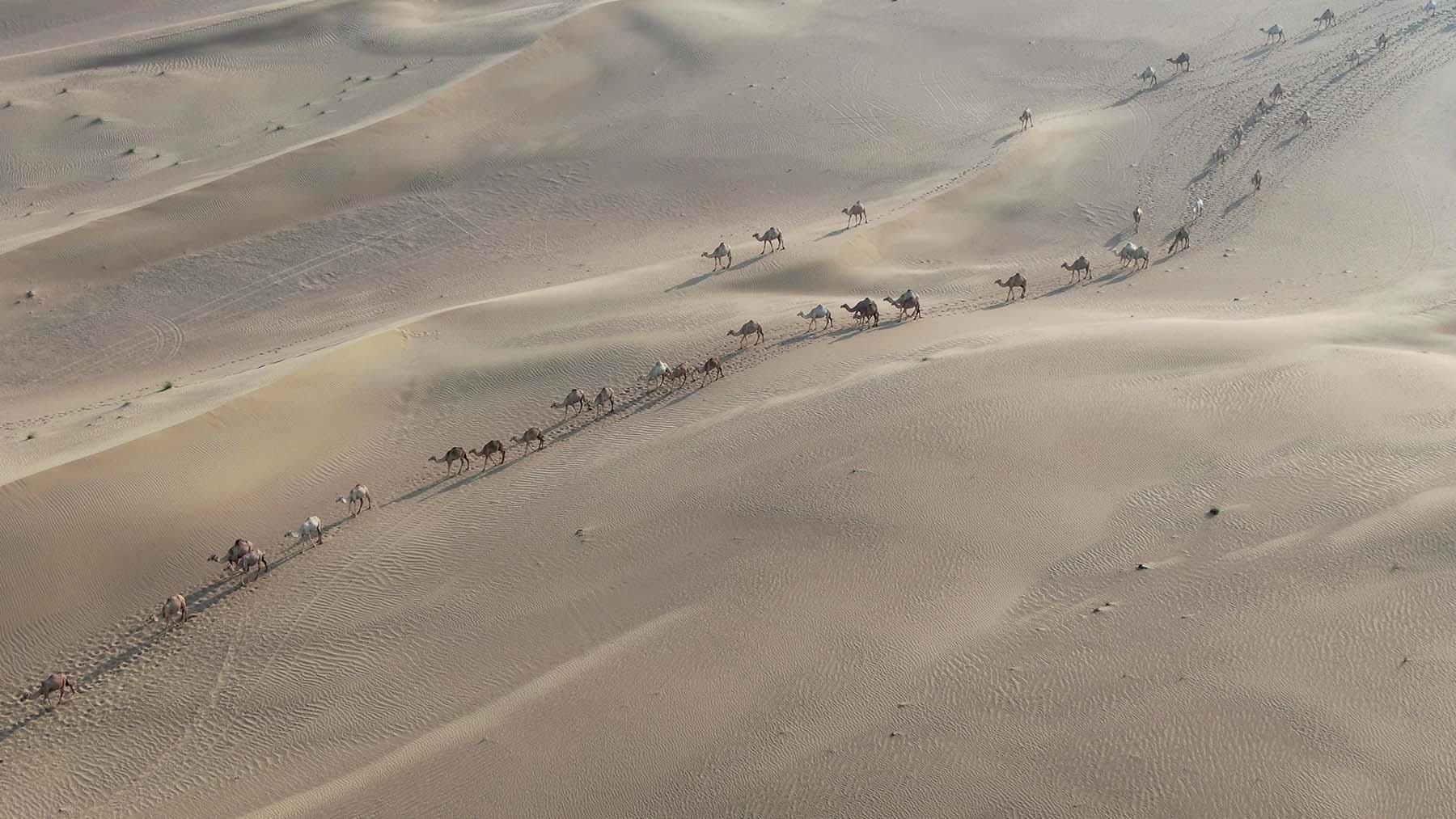 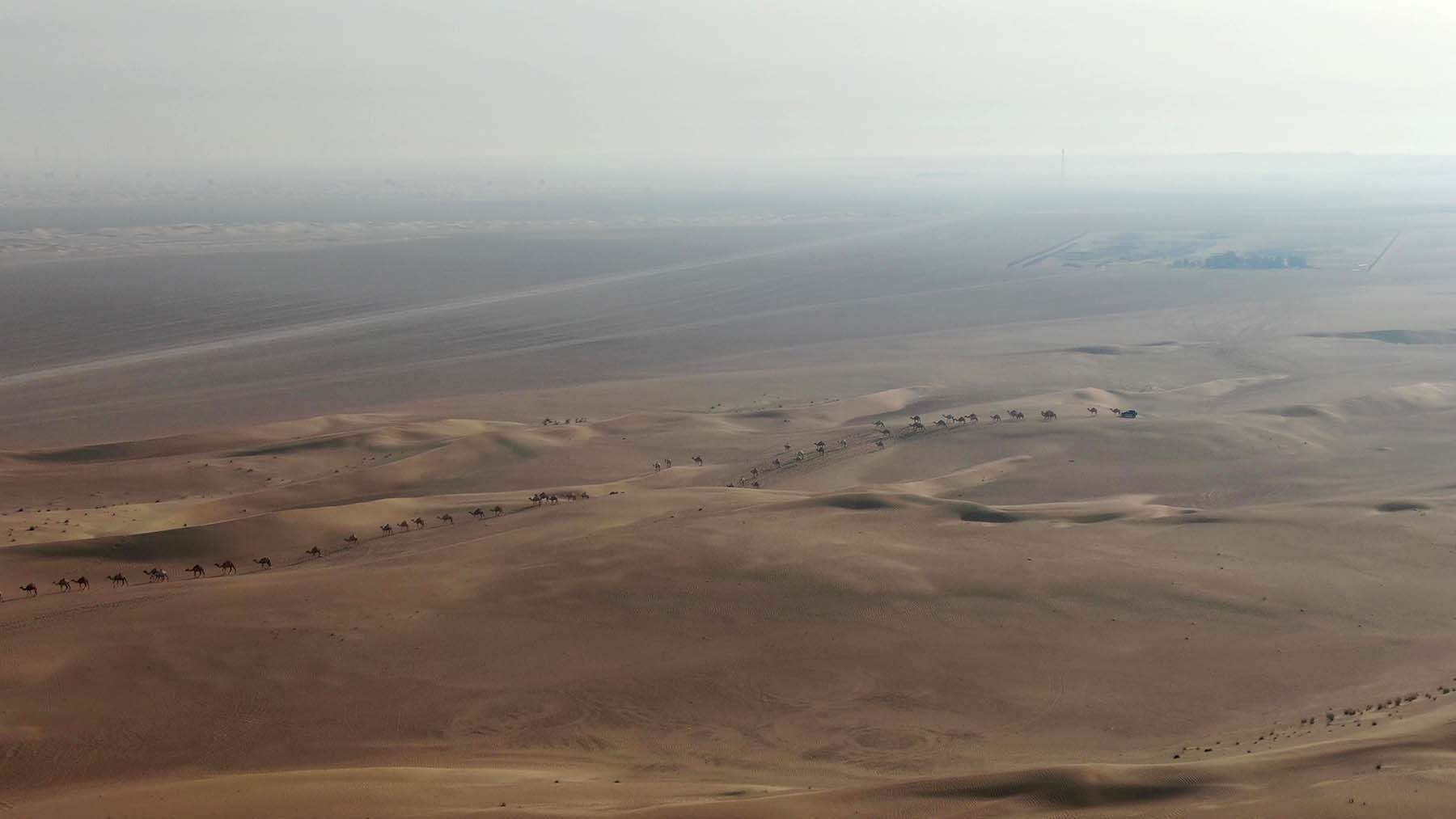 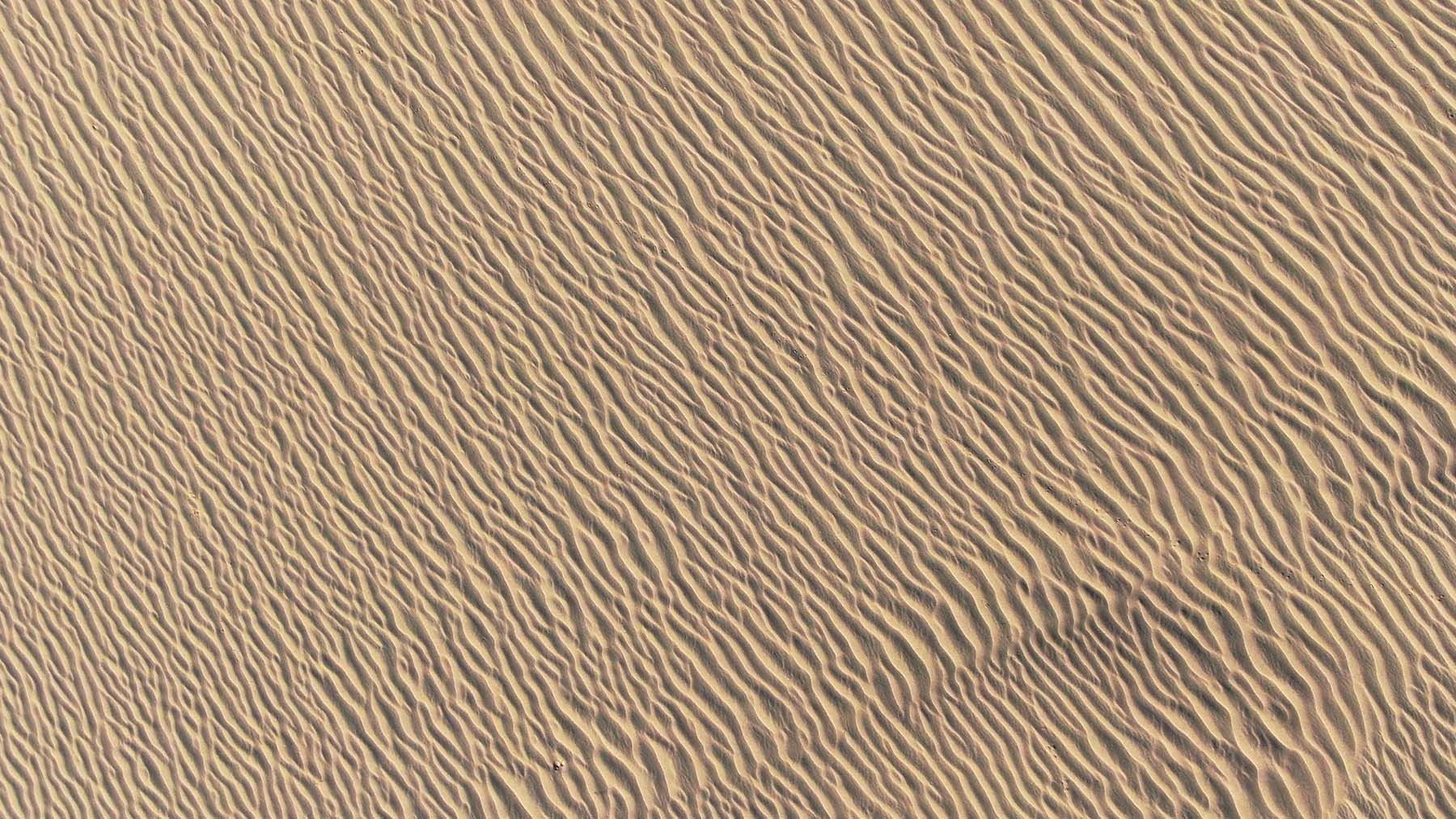 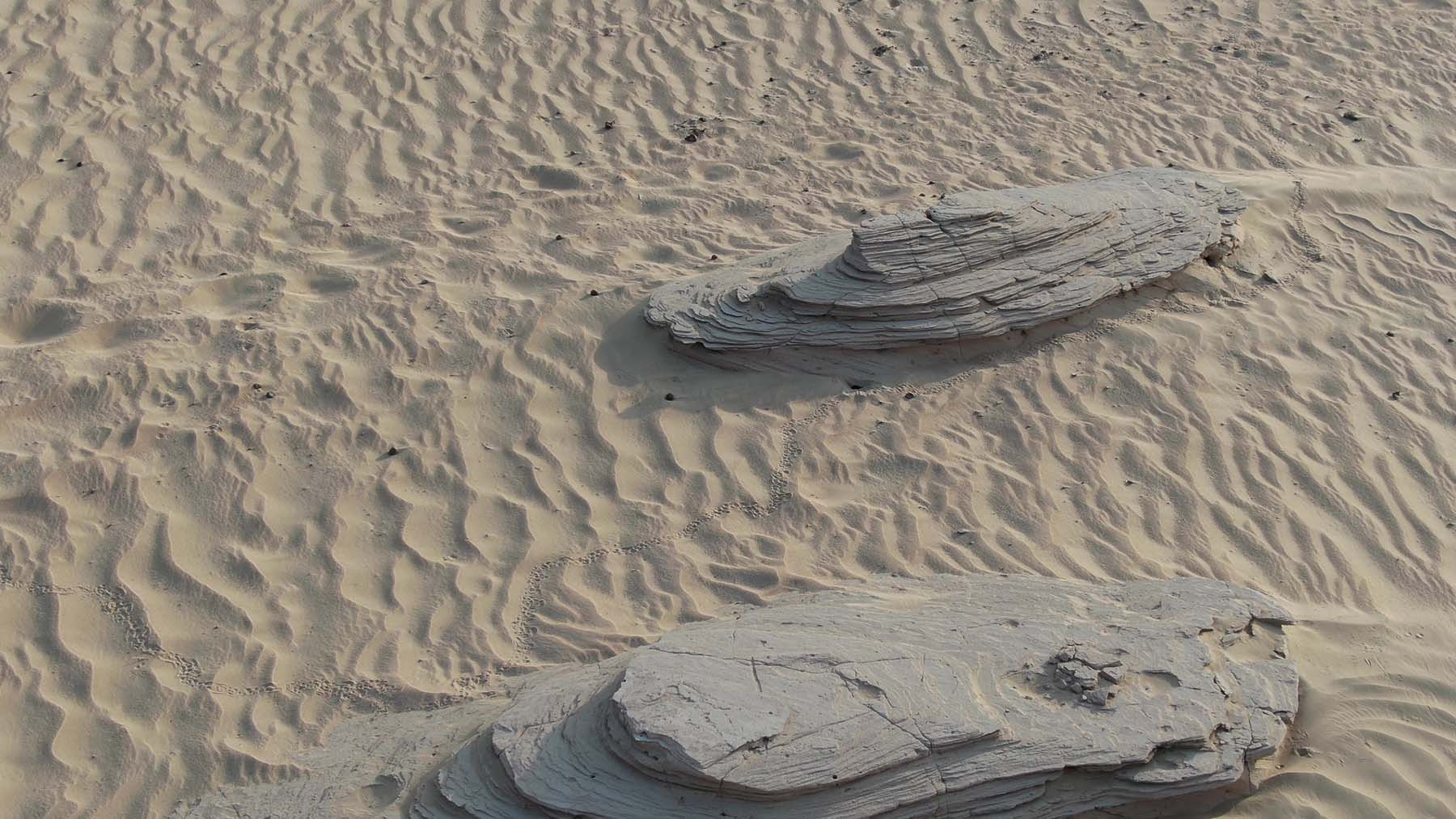 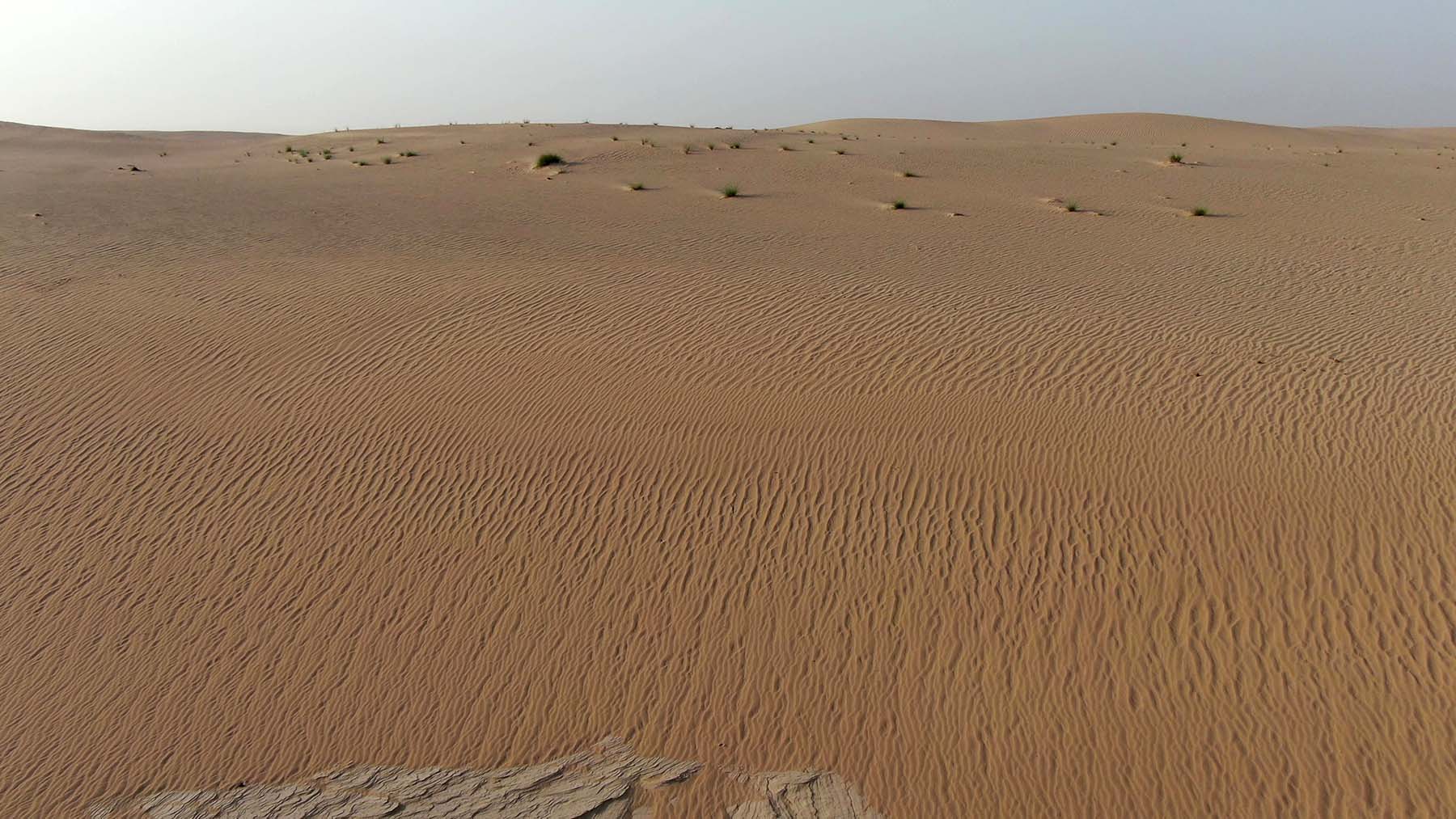 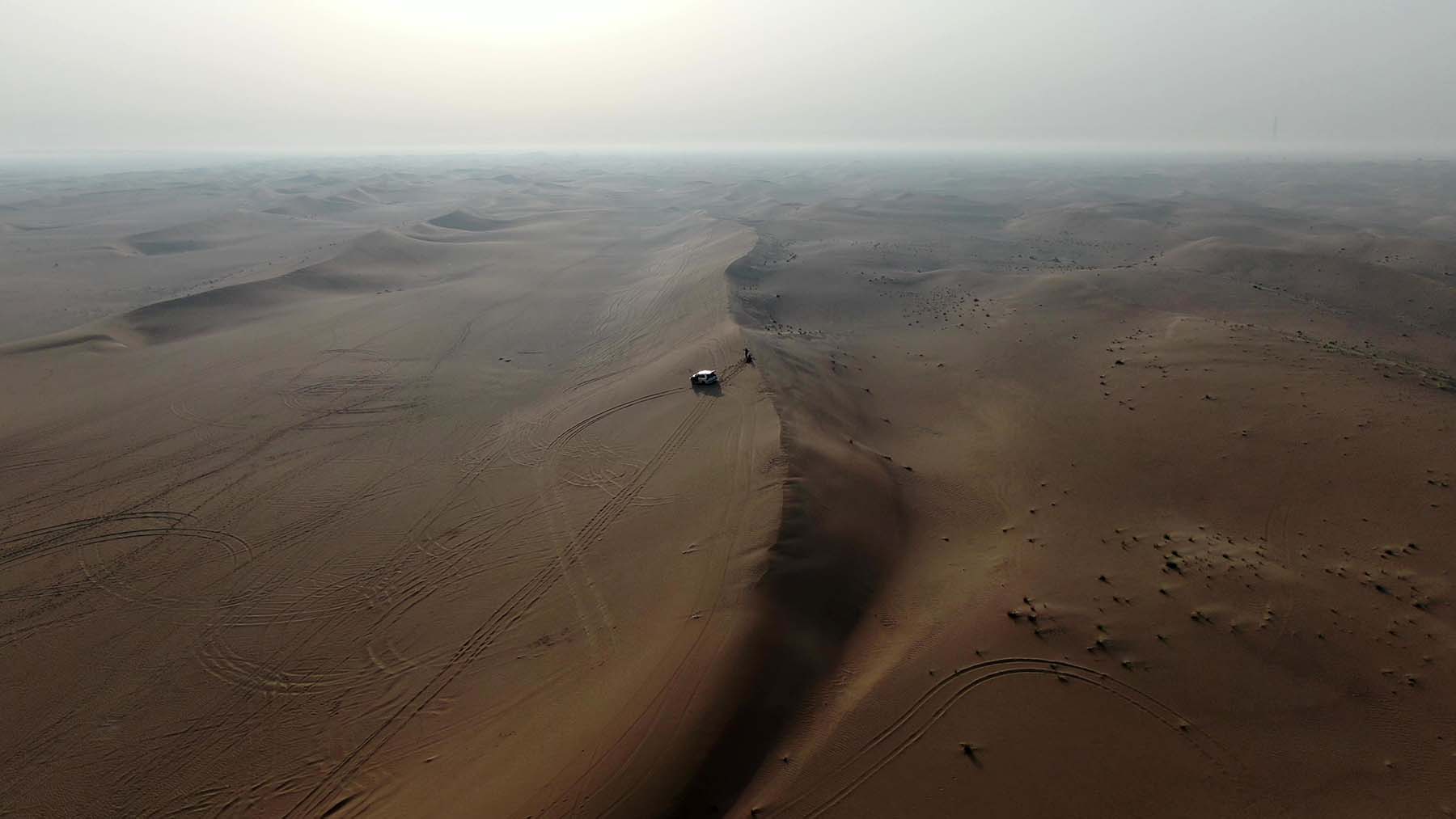 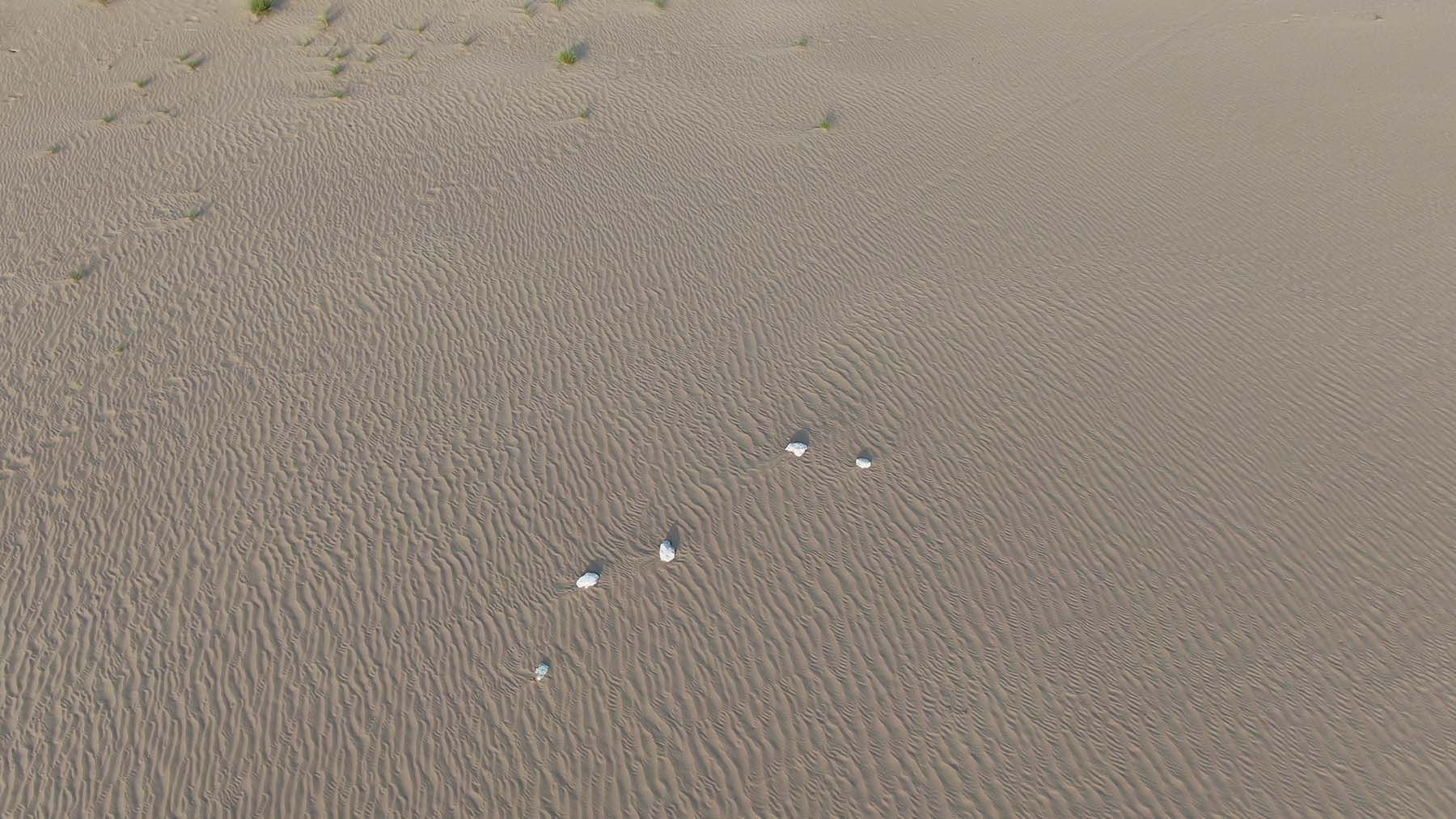 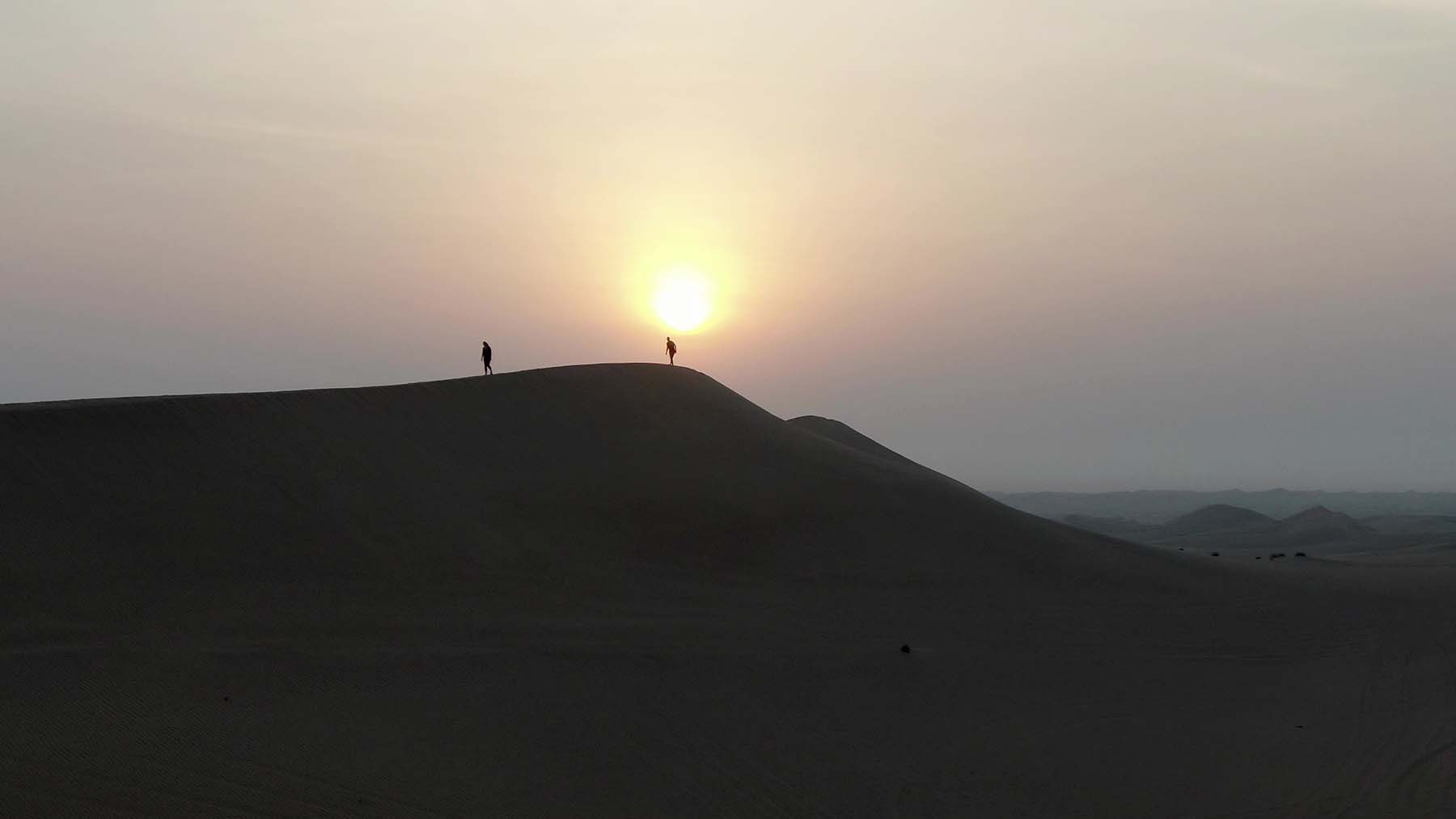 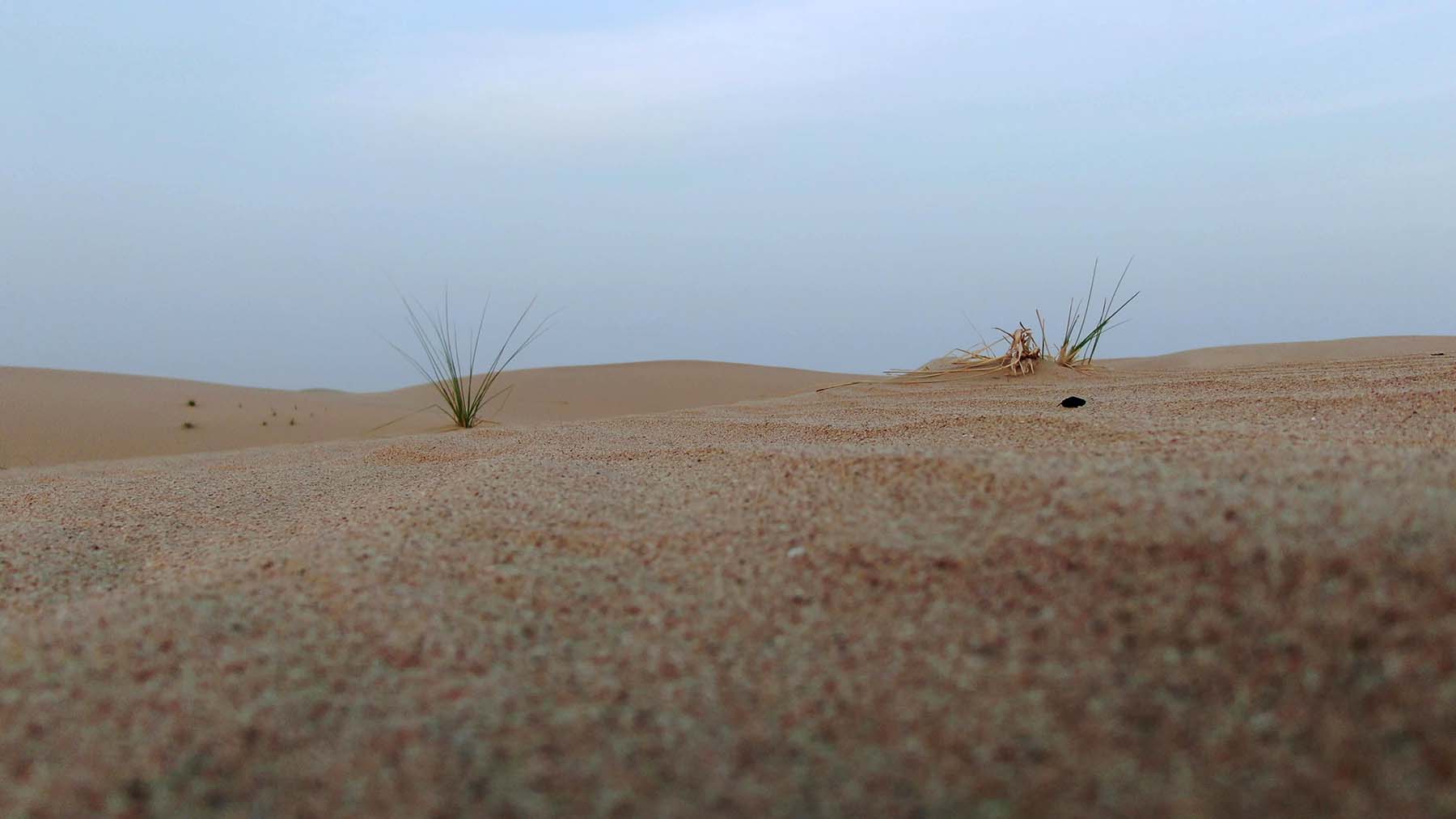 | |||
|
| One of Us |
Are the leaves sweet or bitter? Do they put anything else in with the rice? Camel meat? Sauces? I understand in reading about them just now that the GHAF tree is the national tree of the UAE and can live up to 120 years! One I think has lived to 400 years! “There is a popular saying that death will not visit a man, even at the time of a famine, if he has a Ghaf, a goat and a camel, since the three together will sustain a man even under the most trying conditions.” – unknown More information: "The seedpods of the Ghaf contain a sweet pulp, locally known as “khoka”, which are also eaten by nearly all livestock and humans, and salads can be made from the leaves – this is actually considered a delicacy here in the UAE! Other important uses include providing wood for construction and medicinal properties, as it is recommended for the treatment of chest congestion, toothaches and even snakebites!" Saeed: Do you have any planted on your property? | |||
|
| Administrator |
The leaves are a bit bitter. Hardly anyone grows these trees at home, as so many are found in the desert. We might be going out there with the kids later this week. They want to go 4 wheel motor bike riding on the dunes. I will get some leaves, and pictures. | |||
|
| One of Us |
Thanks Saeed. I enjoy learning about the world-wherever it may be. Nothing is boring to me-there's always something interesting or different. I think that's why I have loved traveling, as I spend very little time in a hotel, travel trailer, lodge, tent or B&B because I am out from dawn to dark exploring, talking with people, taking photos and learning about cultures, food, people, places, history, etc. Of course, being naturally curious doesn't hurt, and at 69 my curiosity hasn't waned at all. | |||
|
| Administrator |
I am going to post some photos of the camels feeding on Ghaf trees. | |||
|
| Administrator |
| |||
|
| one of us |
Great photos Saeed. I have spent many happy nights in the desert all over the UAE and Oman. It's a special place, especially at night away from the city. ------------------------------ Richard VENARI LAVARE LUDERE RIDERE OCCEST VIVERE | |||
|
| One of Us |
More outstanding pics! | |||
|
| Administrator |
The kids go back to school late this month. They have asked for a trip to the desert on quad bikes, so we are going early Thursday morning. I will post photos, and may be a few videos, afterwards. | |||
|
| One of Us |
That would be great, Saeed. | |||
|
| Administrator |
Yes, that is Hessa. She loves photography, and has a nasty sense of humor too! I have a habit of never throwing anything away, anything that might come in useful sometimes. So our workshop has all sorts of things people bring here. She came down a while ago, and asked for some charger. I told her where to look, and she found what she came for. Someone one asked, how did you manage to find anything in here? She said "if you look hard enough, you can find a cow and its mother in here!" She had us all in fits of laughter! | |||
|
| One of Us |
Great pics Saeed. As someone who has no clue about life in the desert, I have a few questions: Are camels hard to domesticate? Is it hard to get a permit to own camels? Are these camels very wary of humans? Are they aggressive? Have you ever hunted big game in Dubai or just birds? It’s all very interesting. | |||
|
| One of Us |
| |||
|
| Administrator |
All camels here are domesticated. We have no wild ones. No need for a camel permit, get as many as you wish. They are all very friendly, many Europeans treat them as long distance pets. They actually go out in the desert with their families and children, taking carrots, cucumbers and biscuits to feed them. Nothing to hunt here I am afraid. Some photos of us with some friends out in the desert. My friend Peter and my daughter Hessa. Peter has been here for many years, since he was a kid. He has a family of his own and all of them love the desert. They are all coming with us tomorrow quad biking. | |||
|
| Administrator |
| |||
|
| Administrator |
I am processing some videos, and will post them when I am done. | |||
|
| Administrator |
I have added a new video on my first post on this thread. I will post all videos on that opening post. | |||
|
| One of Us |
Saeed: Many, many thanks for the additional Camel and GHAF Tree photos and video! | |||
|
| One of Us |
Saeed, One of the antelope in the latest series of pictures has very "droopy" horns. The horns on most of the others in the latest series and the previous series of photos have highly variable horn shape. Is there a reason? The rocks in the picture appear to be highly weathered sandstone. Do you know anything about the age of them? The camels do not look like they have much for external parasites. Is that true? Why do some have a rope around their next and some have hobbles. The panoramic shot of the camels with the trees in the background is stunning! | |||
|
| Administrator |
I think that one has deformed horns. Have no idea what age those stones are, but they have found all sorts of things which they have dated thousands of years ago. Camels are all domesticated, and are looked after. But, generally we do not have much parasites here. Some used to have ticks, but those are very rare now. The ropes around the necks are just to make it easier to get hold of them. The ones hobbled are being trained not to go far, otherwise next day one has to walk for miles and miles finding them. | |||
|
| One of Us |
All very interesting, thank you. I’m always very interested in learning about other people’s (countries) ways of life. It is so very different (it seems) over there than here. | |||
|
| One of Us |
I asked because while the antelope have a "classic" horn pattern, There seems to be a lot of variation from that. Here when we see variation from "classic" antler patterns it's almost always a result of injury usually elsewhere on the boy. Thus they tend to be much less common that what I have seen in your pictures. Sandstone forming from loose sand takes a long tine, and then erosion like seen in the pictures takes a long time again. That makes me wonder about the age of them and the relative ages of the desert near you and the rest of the sahara. It would seem to me that in the vicinity of the rocks would tend to be a likely place to look for evidence of ancient use by people. Where I live we have 8 months in which it snows. Four months with continuous snow cover. Despite that we have many inset parasites and pests. I tend to look at our 8 months of snow as a time in which insects tend to almost disappear, and become virtually non-existent during the middle four months. Also because the ice and water tend to quickly sculpt the landscape quickly even extremely hard tough rock like granite and basalt shows a lot of evidence of that over relatively short time periods geologically speaking. We live in very different worlds which require very different accomodation. | |||
|
| Administrator |
Different worlds, same harsh reality. Whoever lives in these environments, has to work hard to survive. Yesterday after our quad bike ride, we met a camel caravan going out. The kids brought cucumber, dates and biscuits for them! The camels were all over the kids! Some thought my camera was food! The camel jokey had a job getting them away from us. | |||
|
| Powered by Social Strata | Page 1 2 3 4 5 ... 12 |
| Please Wait. Your request is being processed... |
|
 The Accurate Reloading Forums
The Accurate Reloading Forums  THE ACCURATE RELOADING.COM FORUMS
THE ACCURATE RELOADING.COM FORUMS  Hunting
Hunting  Photo Albums And Videos
Photo Albums And Videos  Camels By Drone - Updated With New Videos
Camels By Drone - Updated With New Videos

Visit our on-line store for AR Memorabilia

